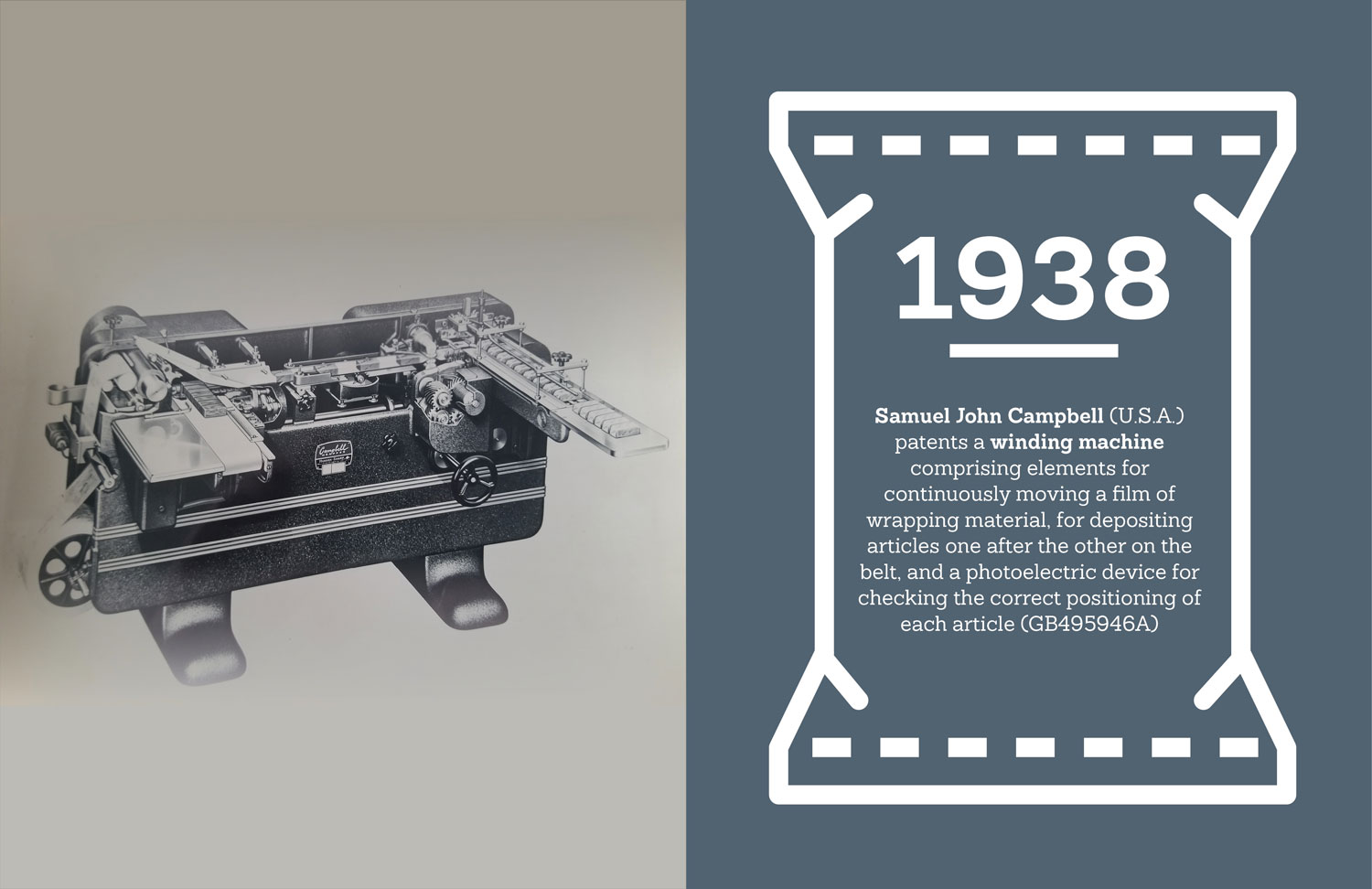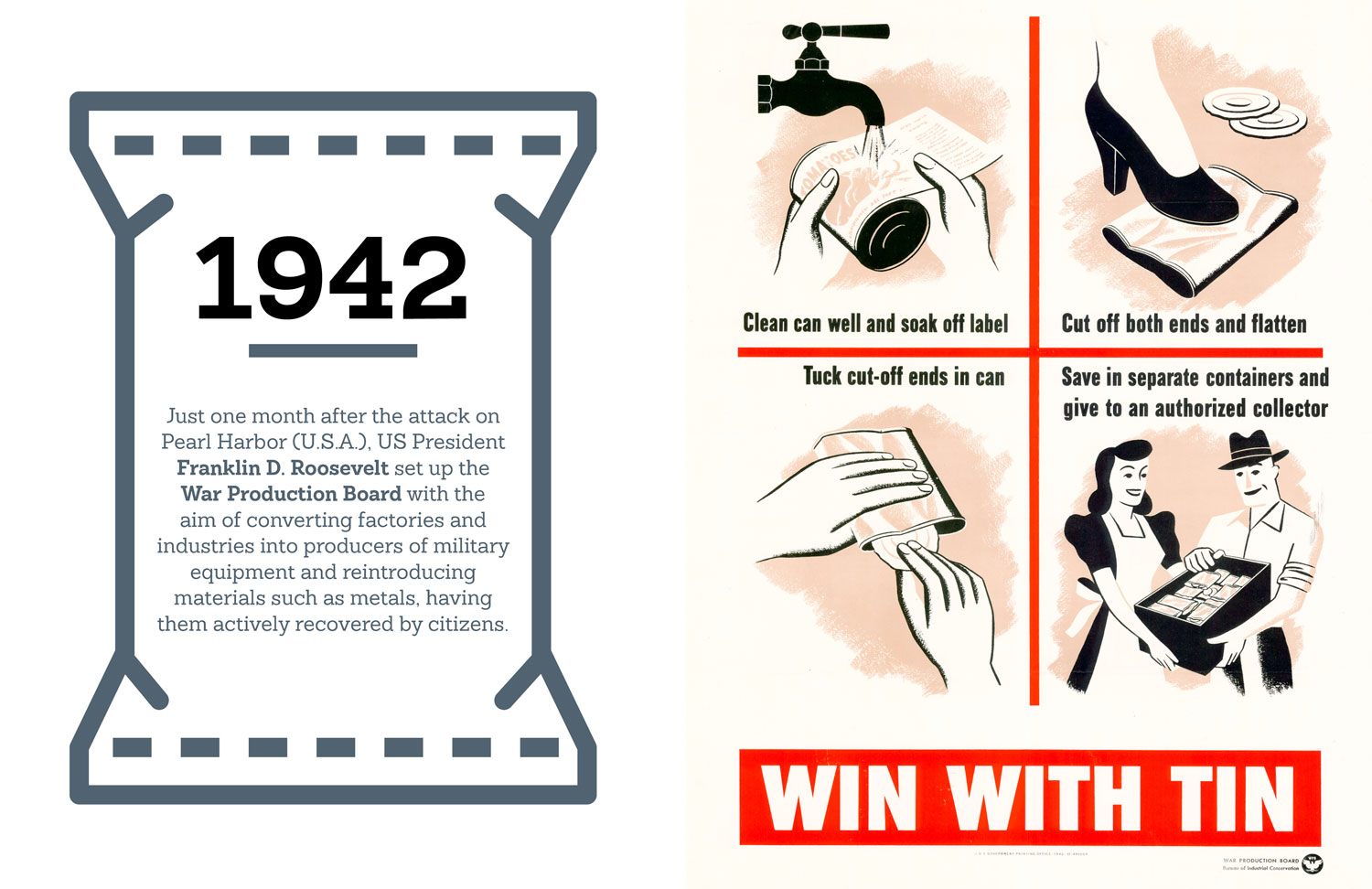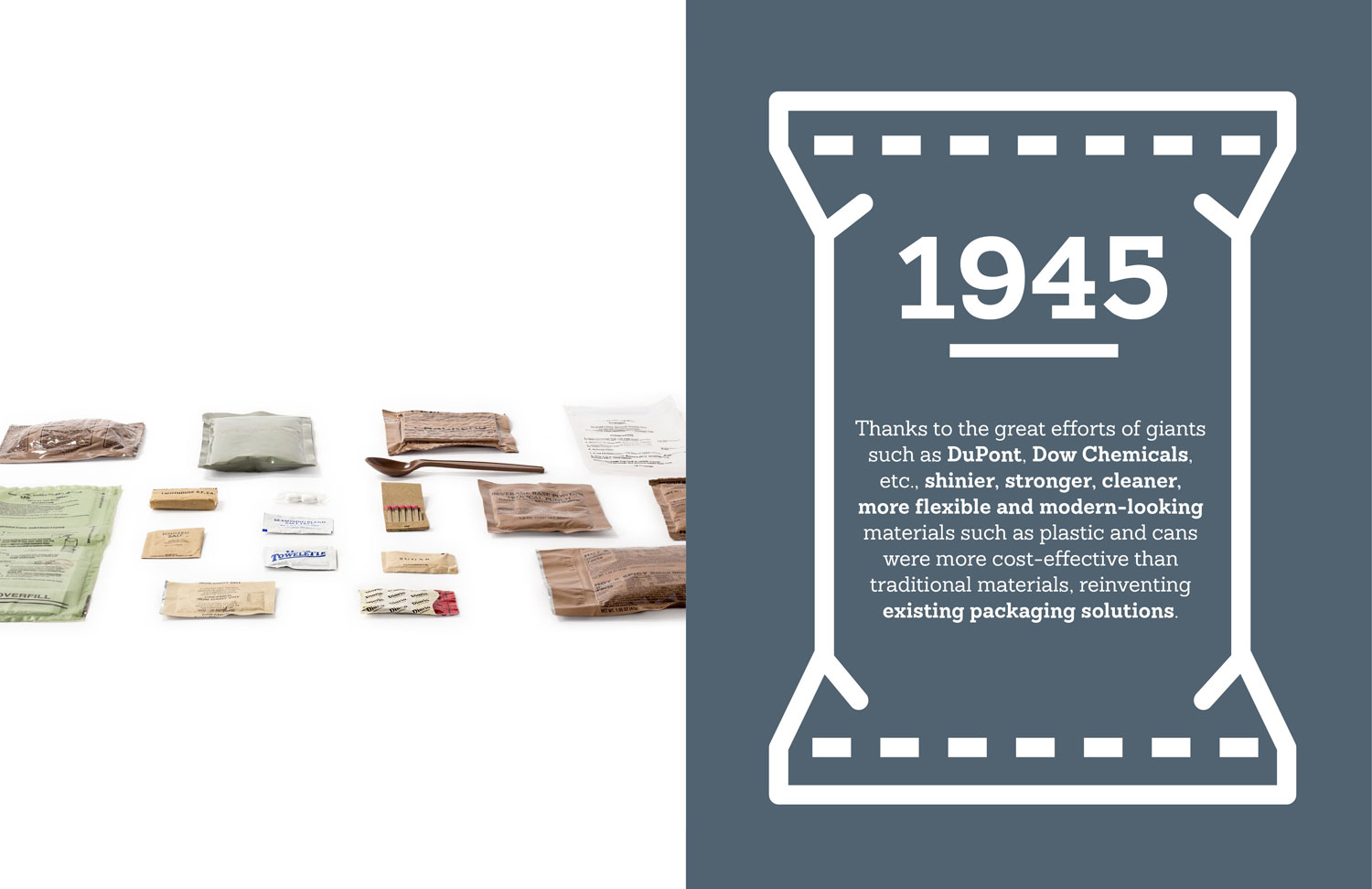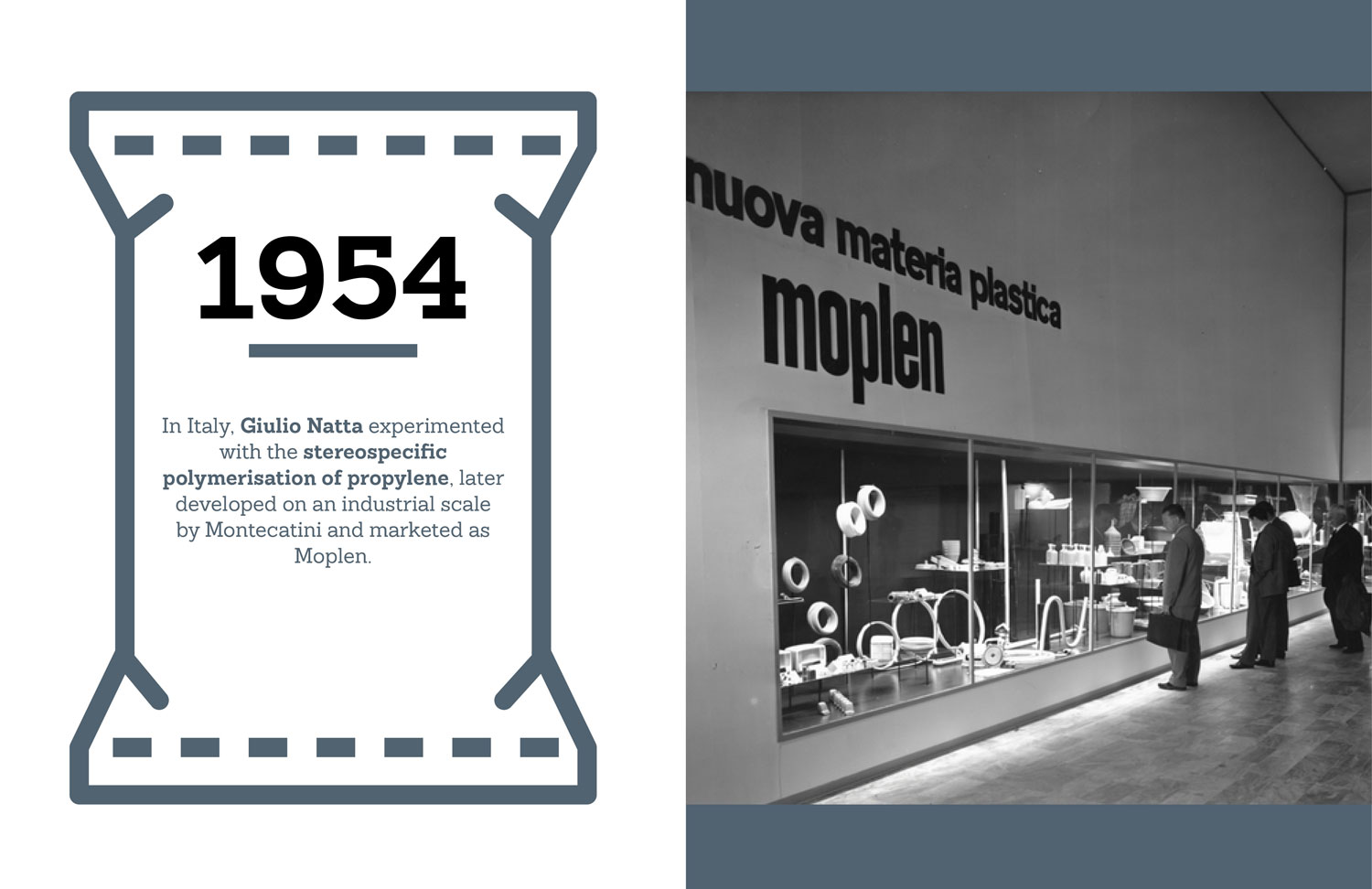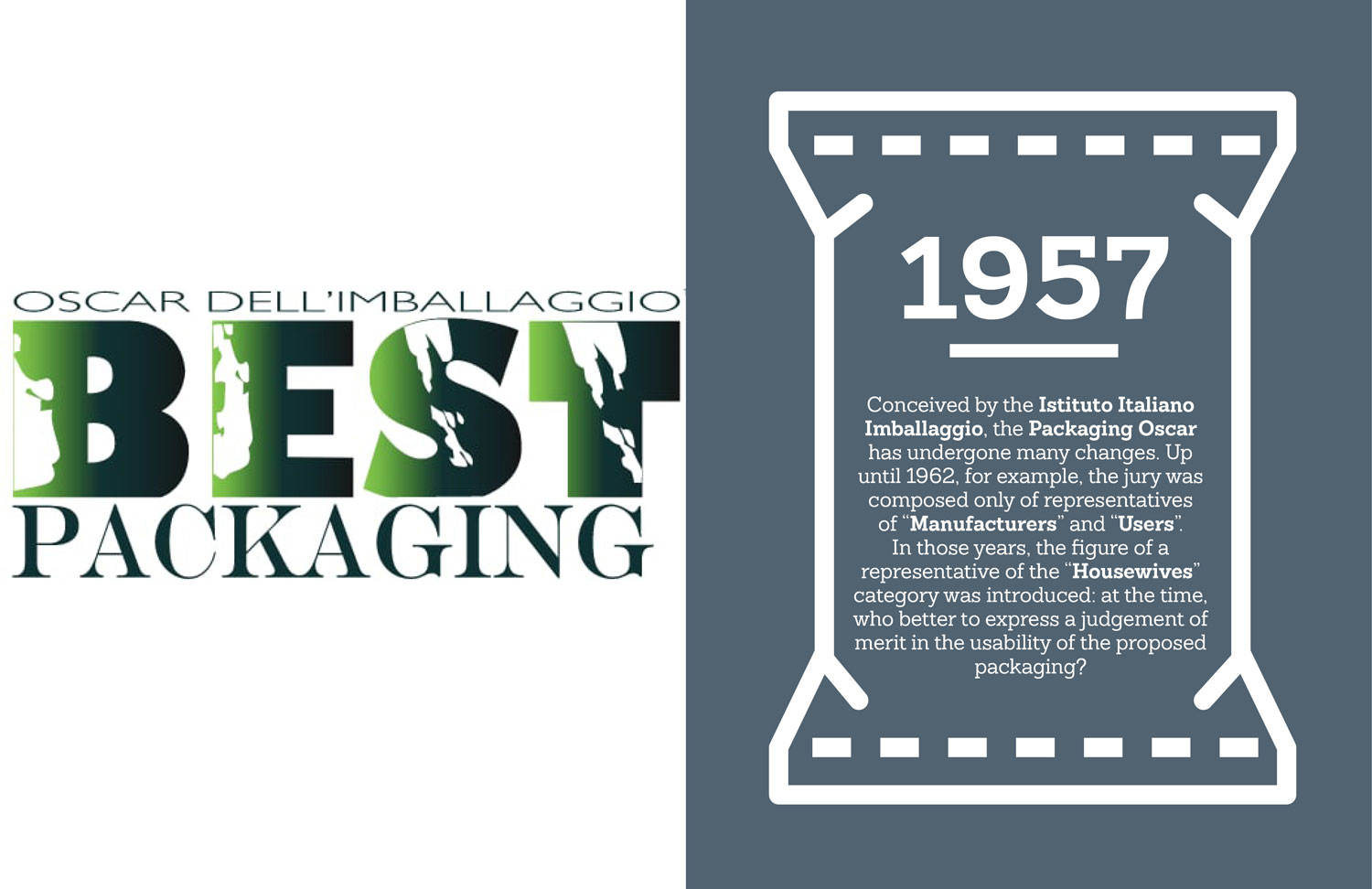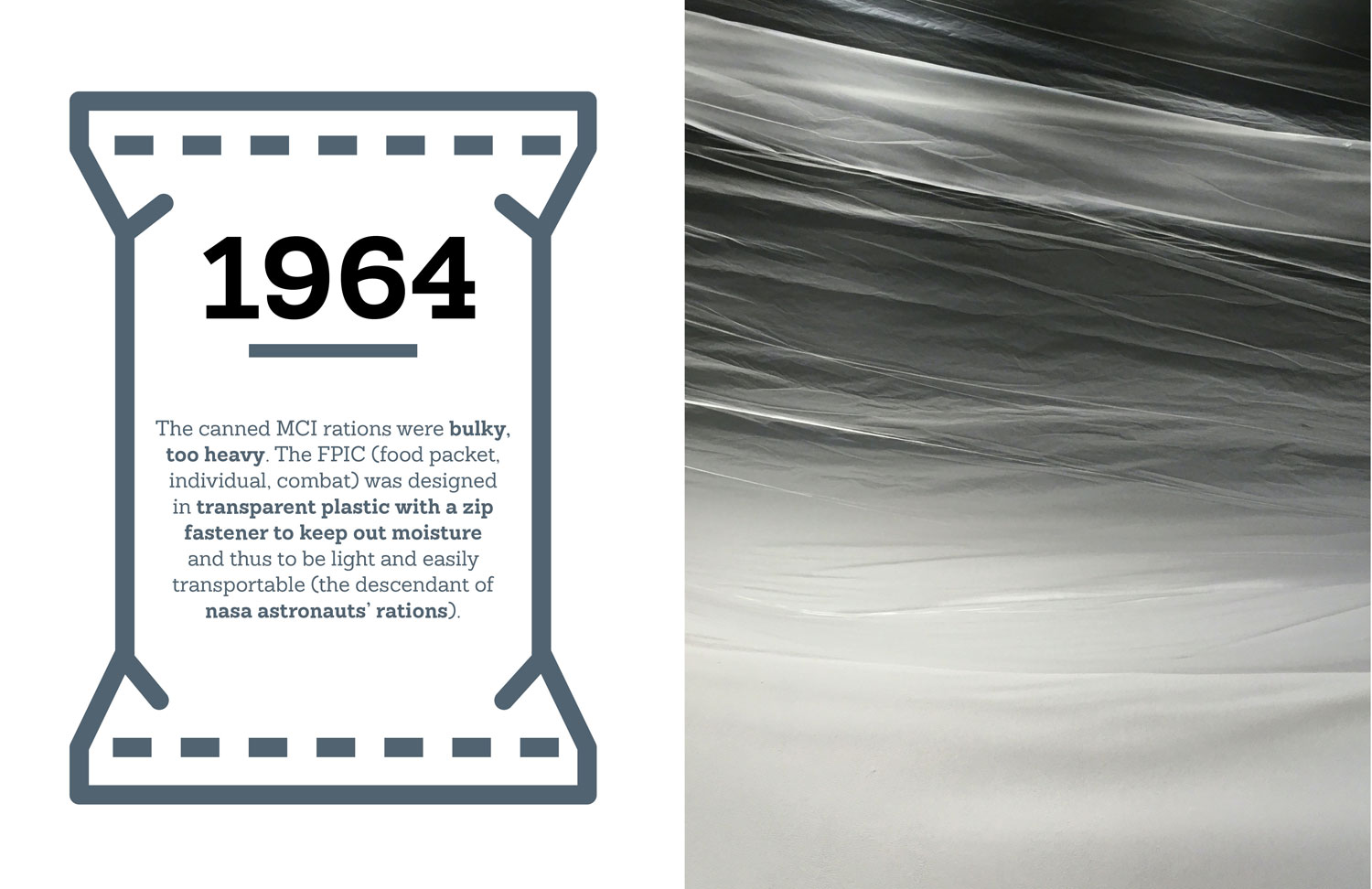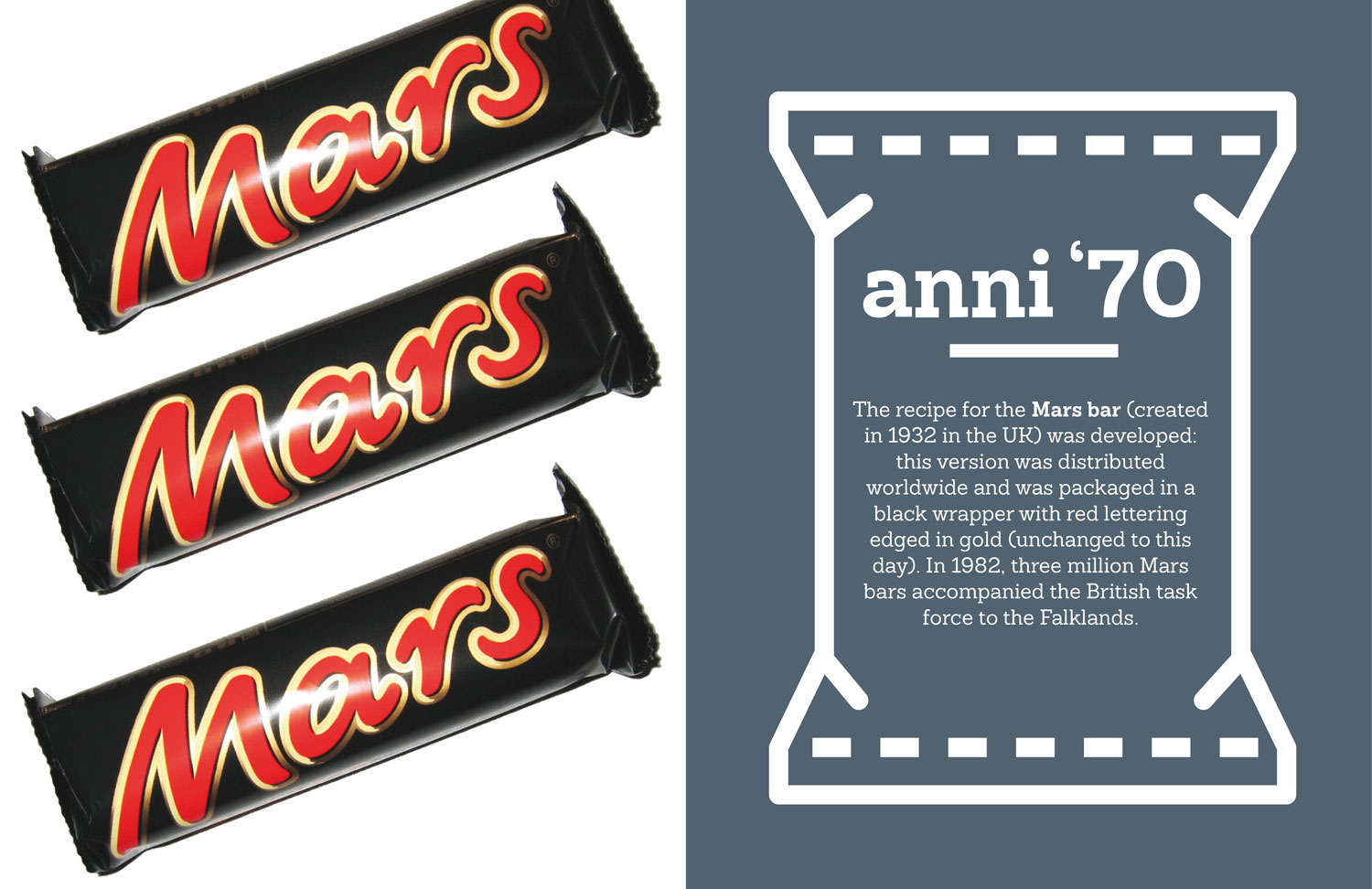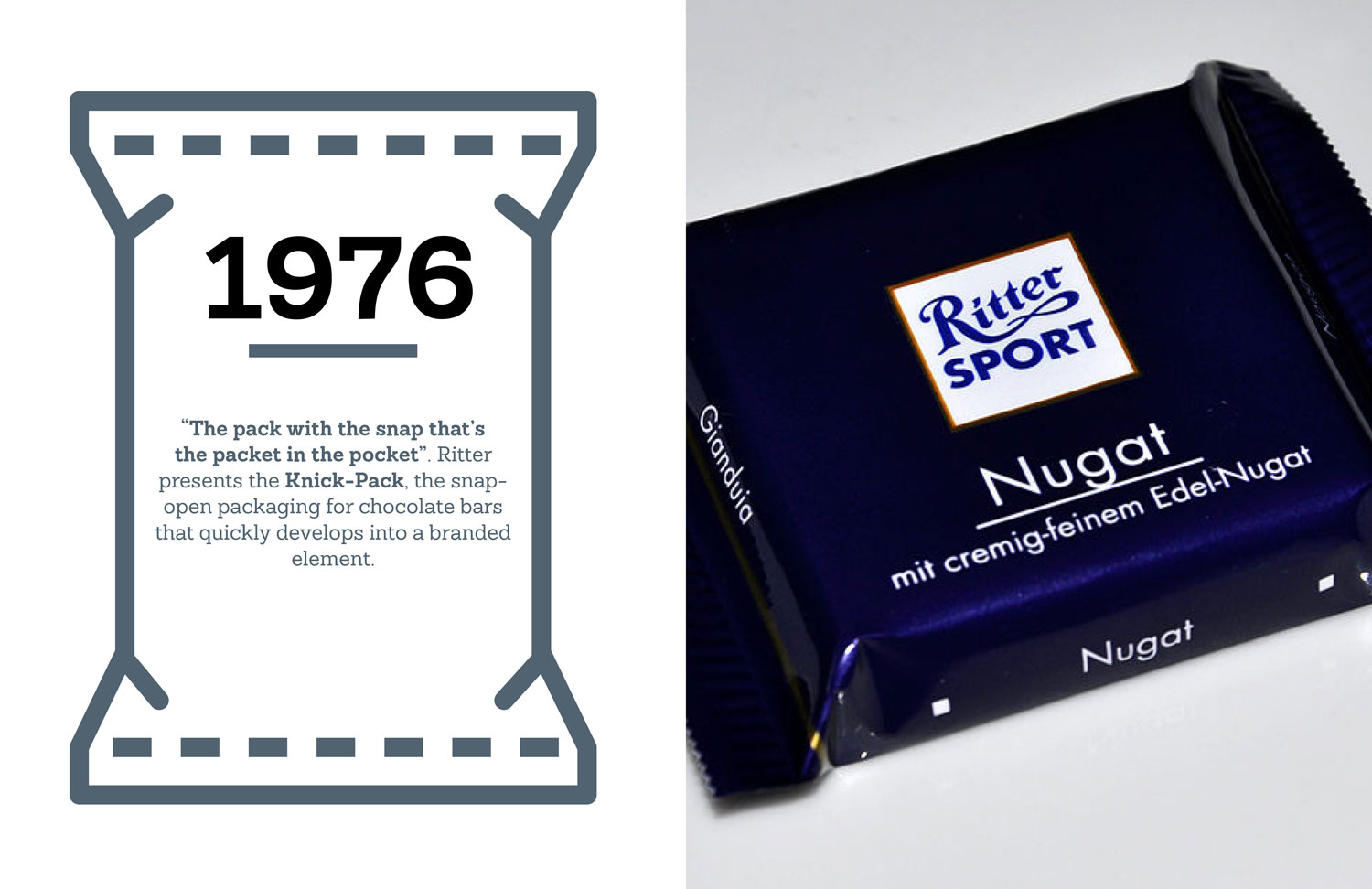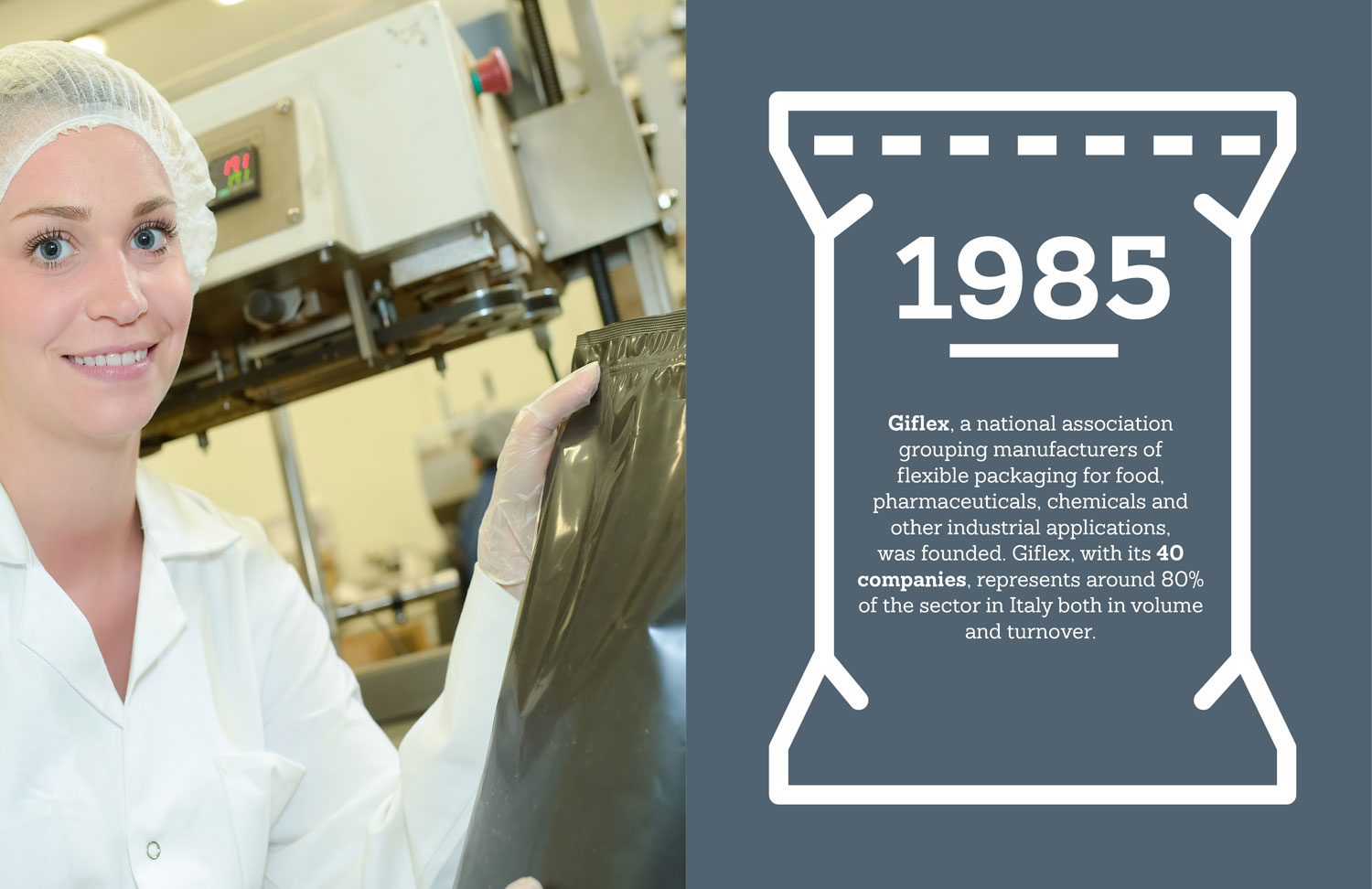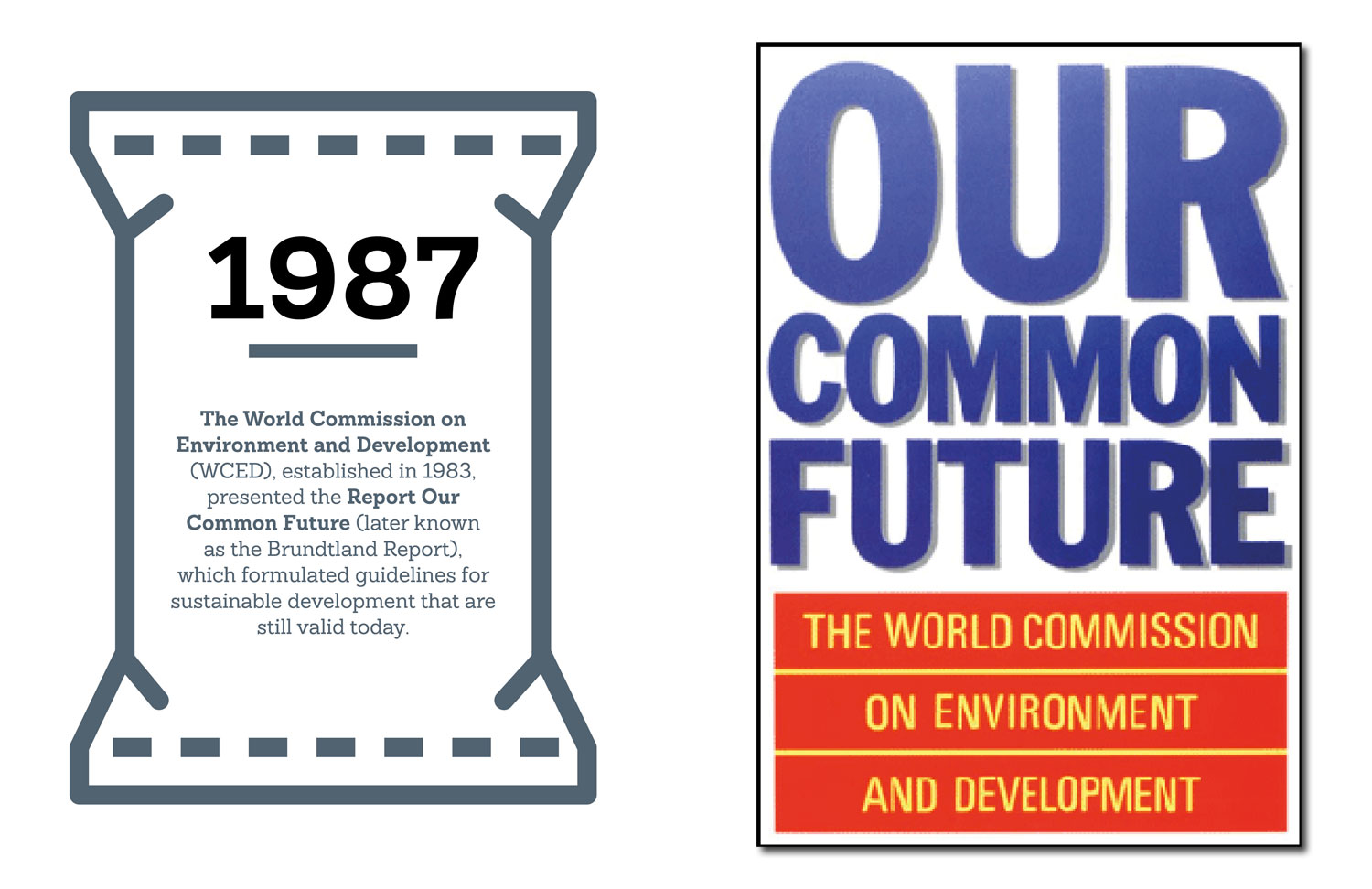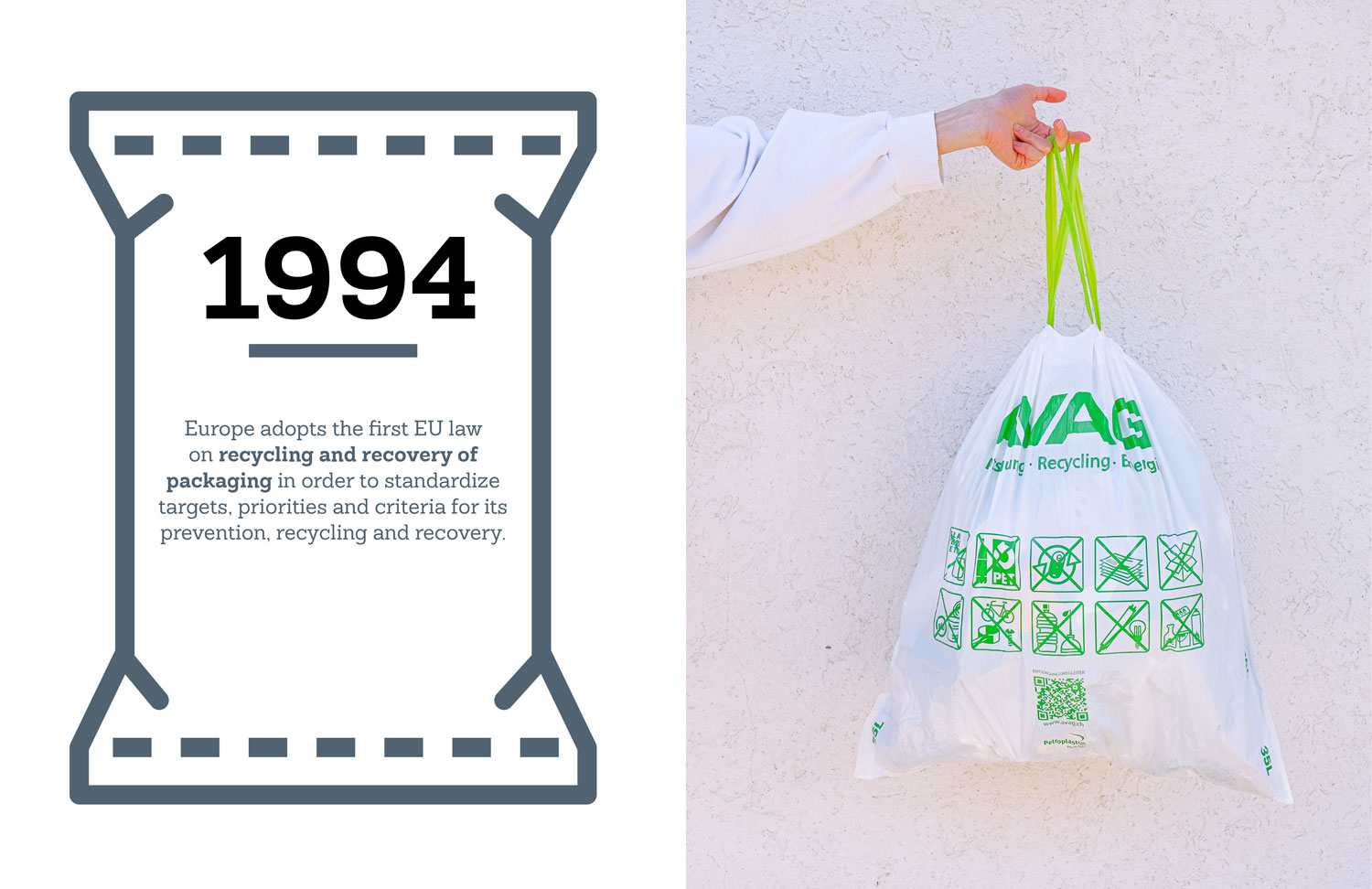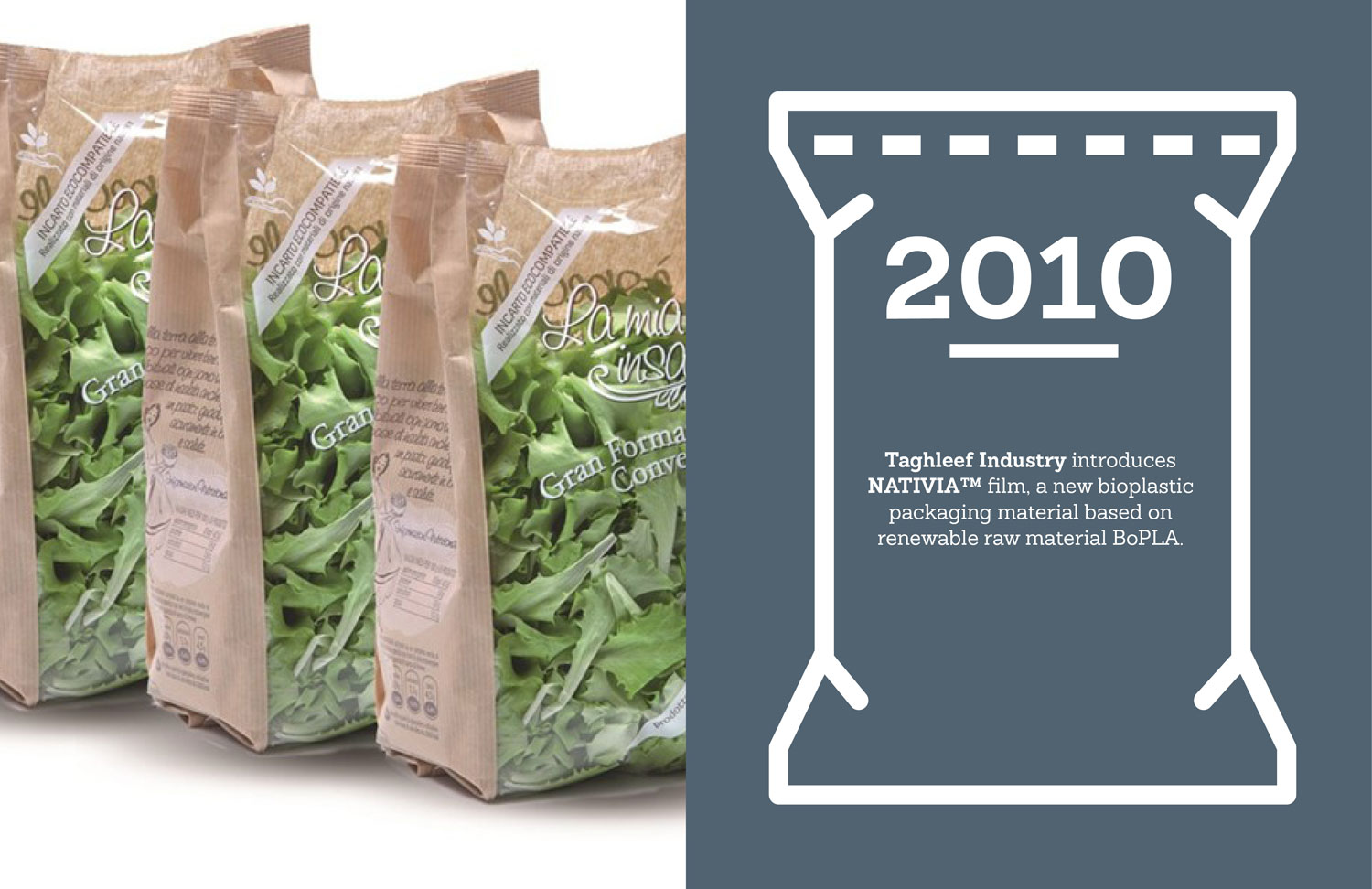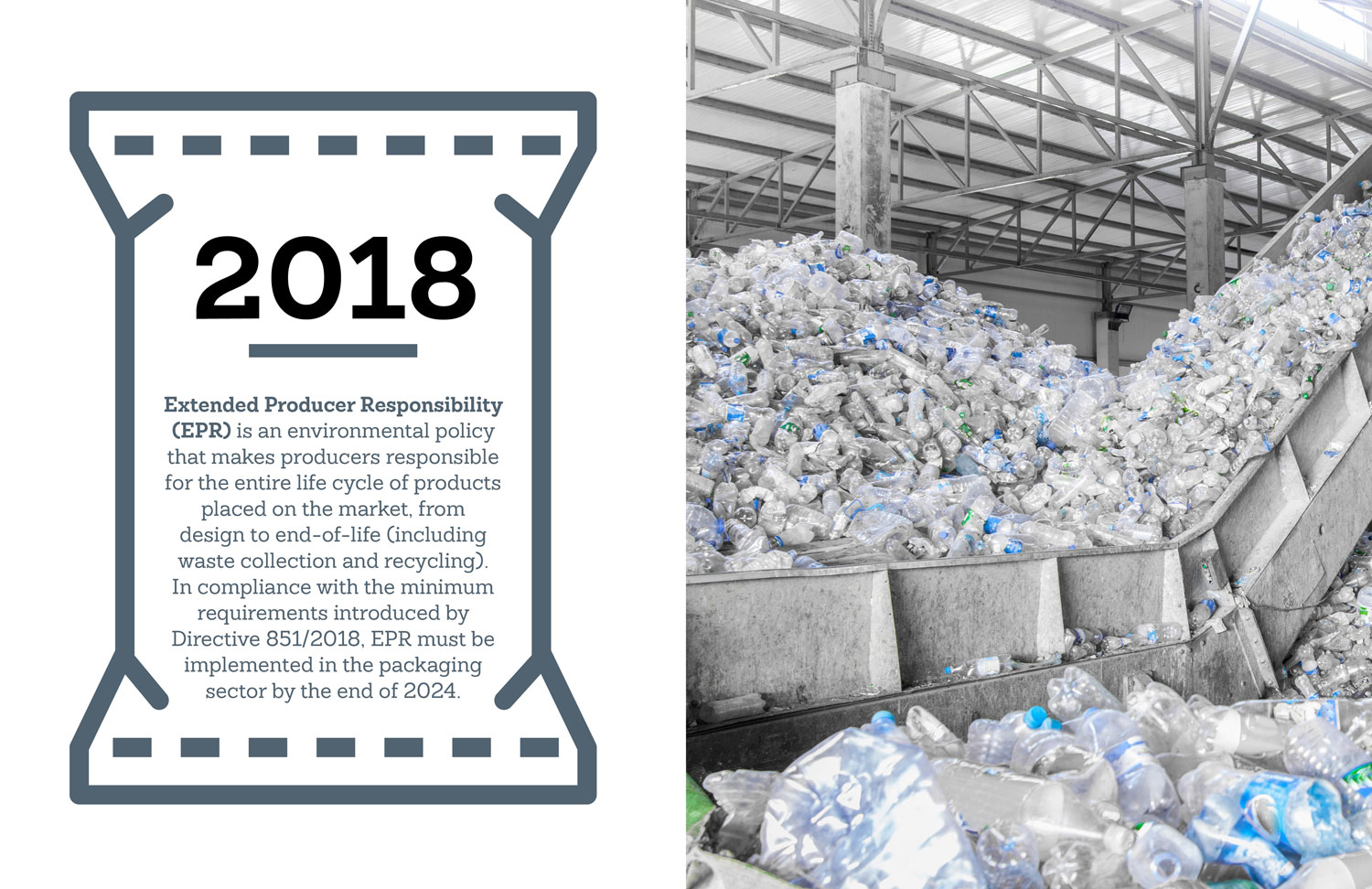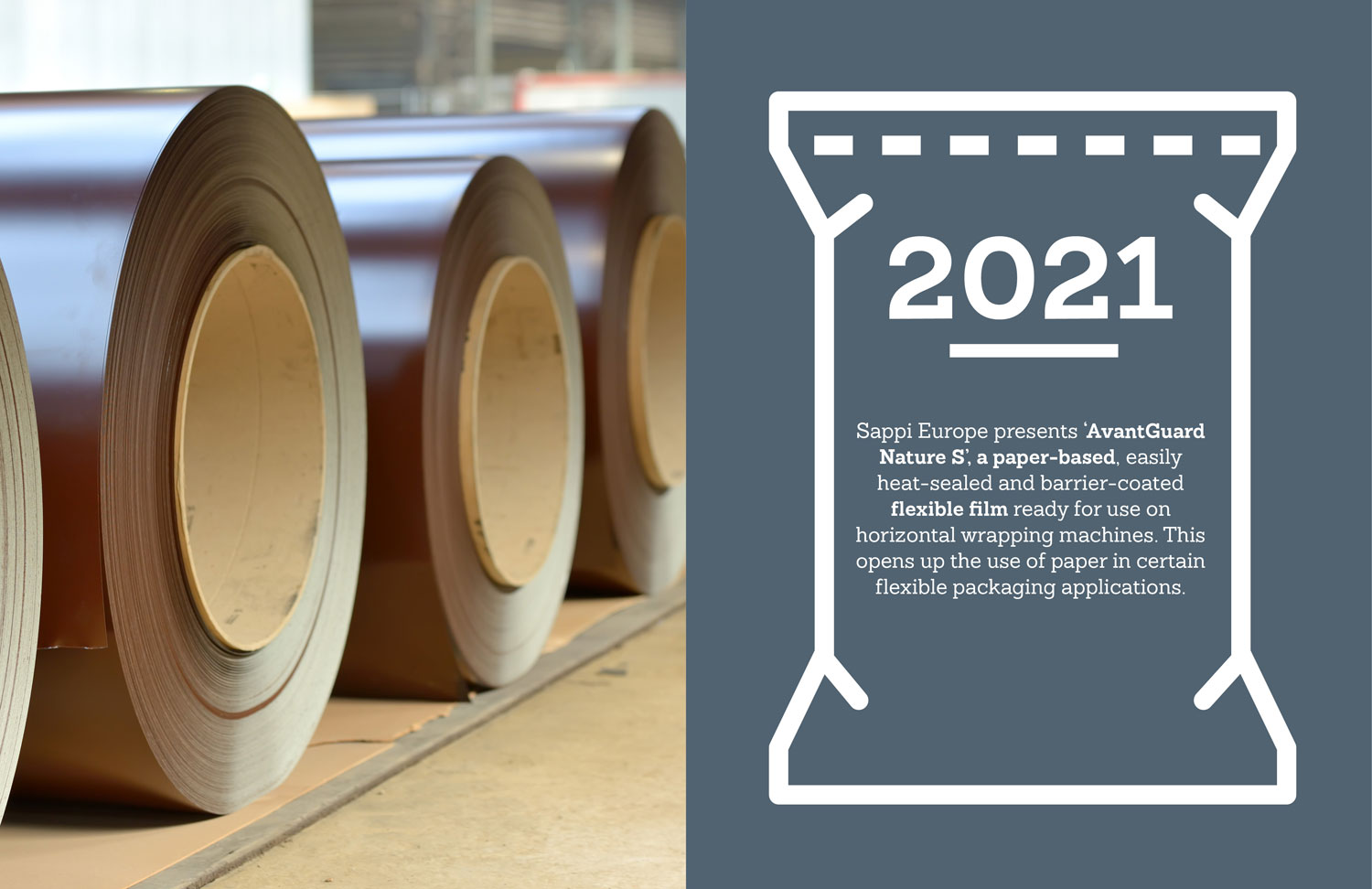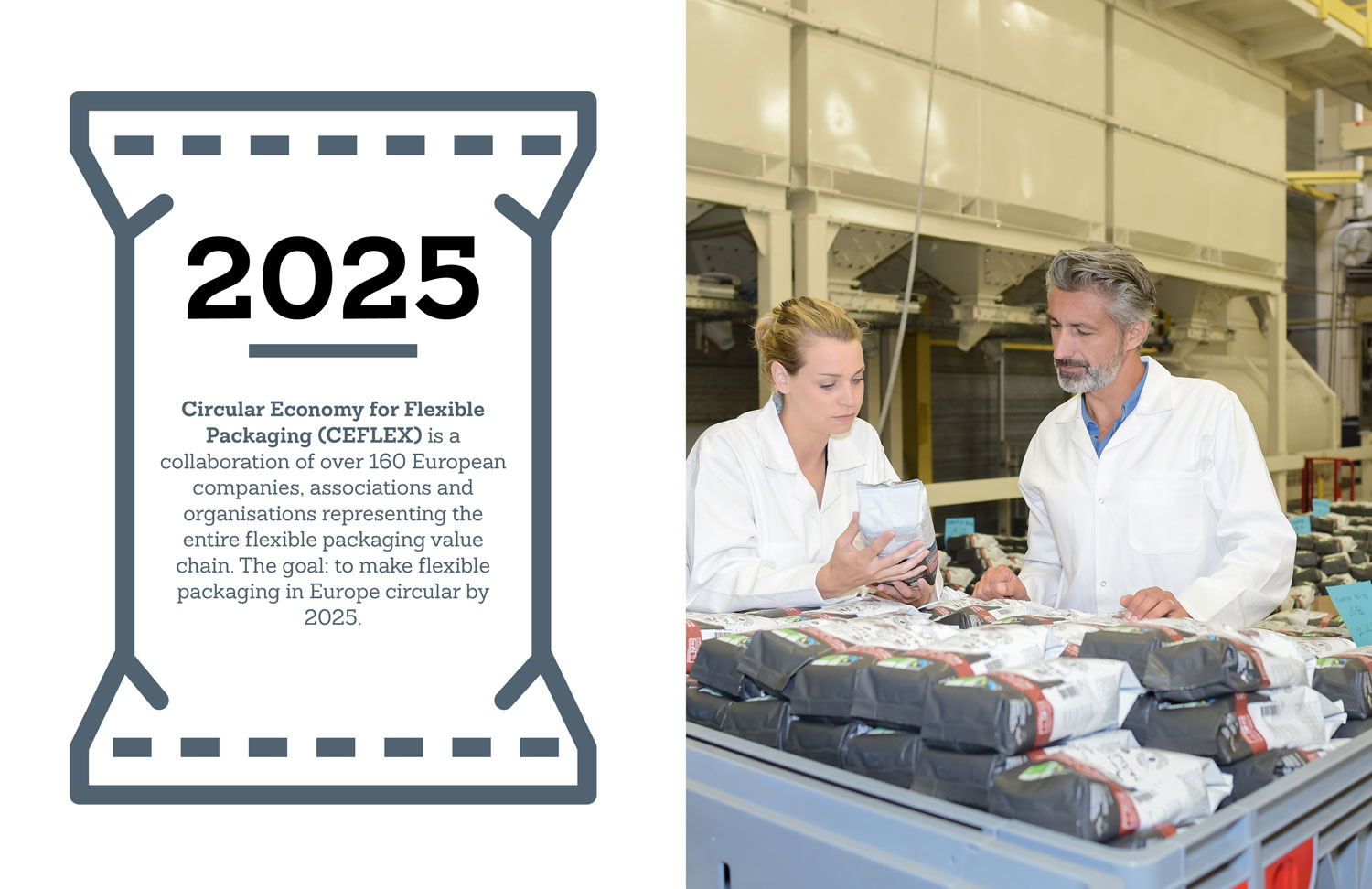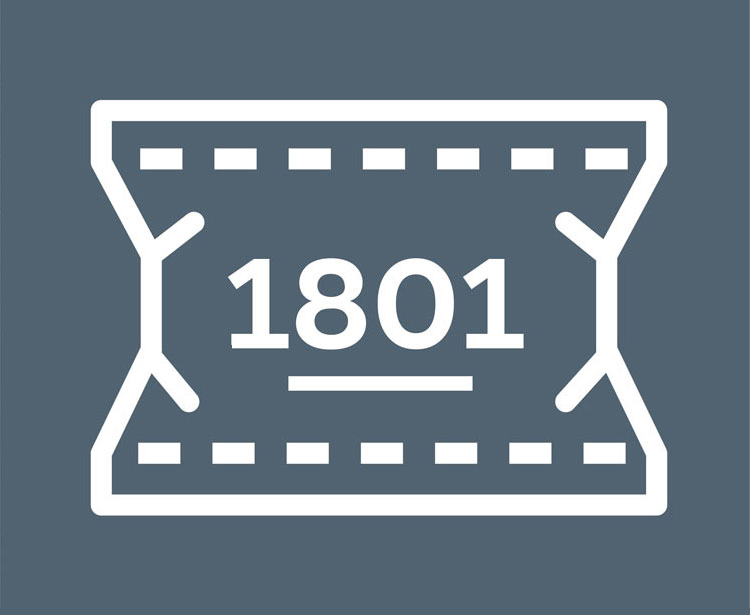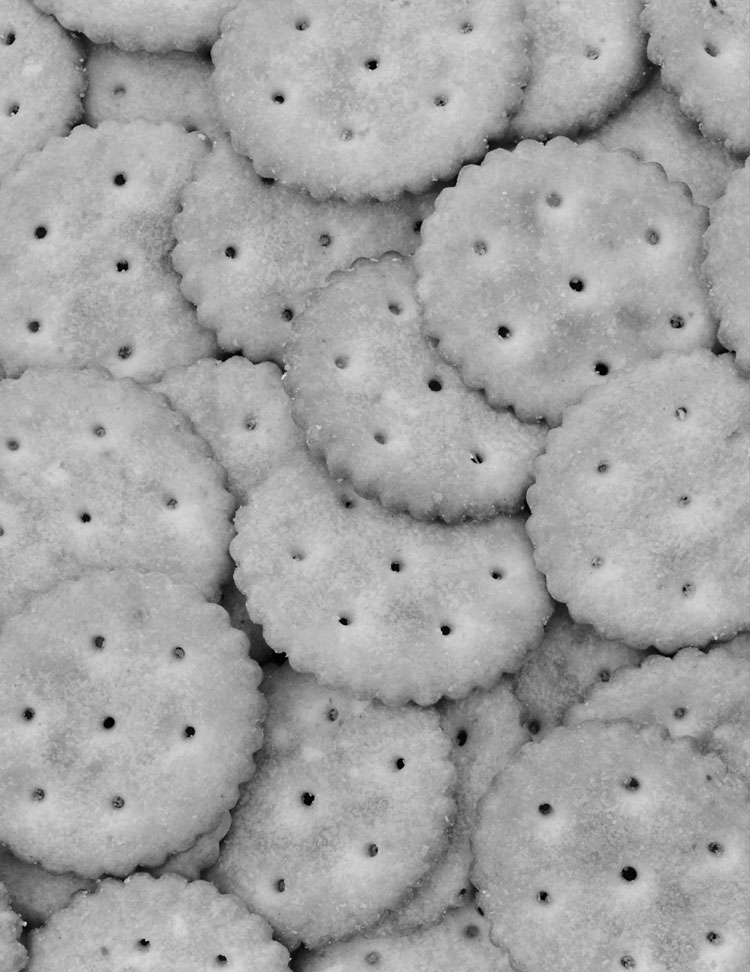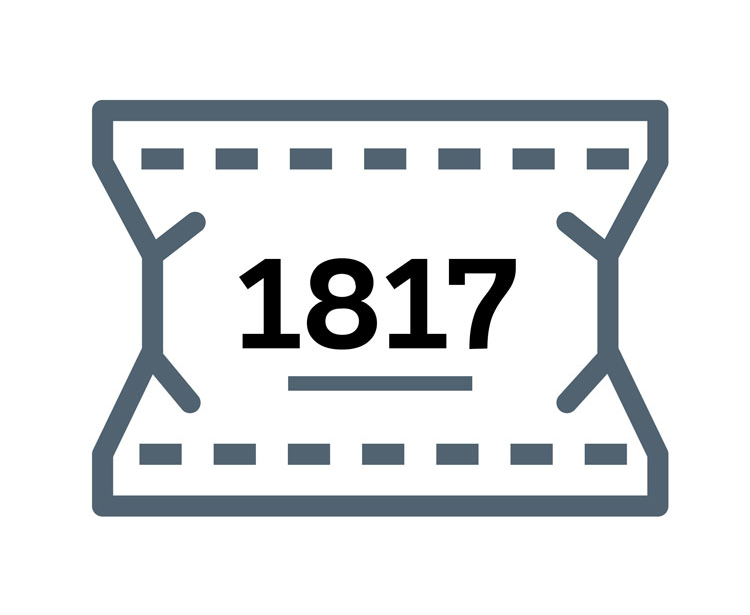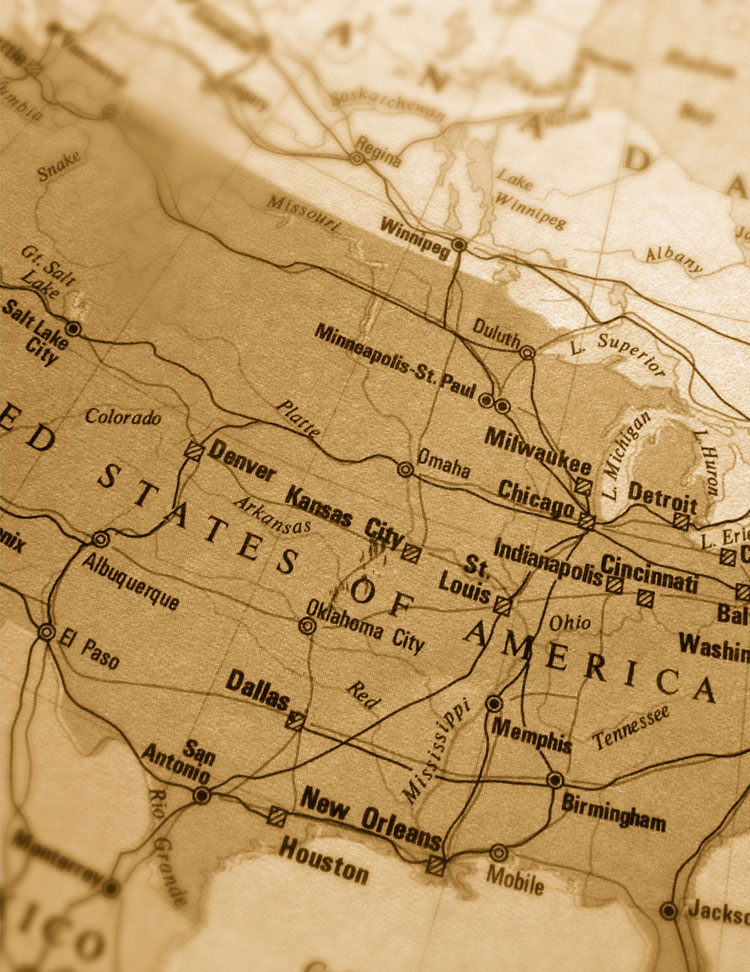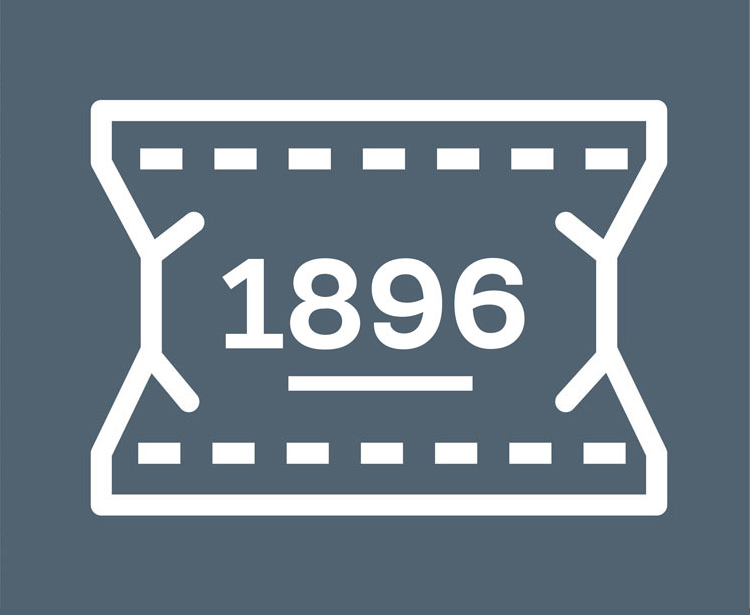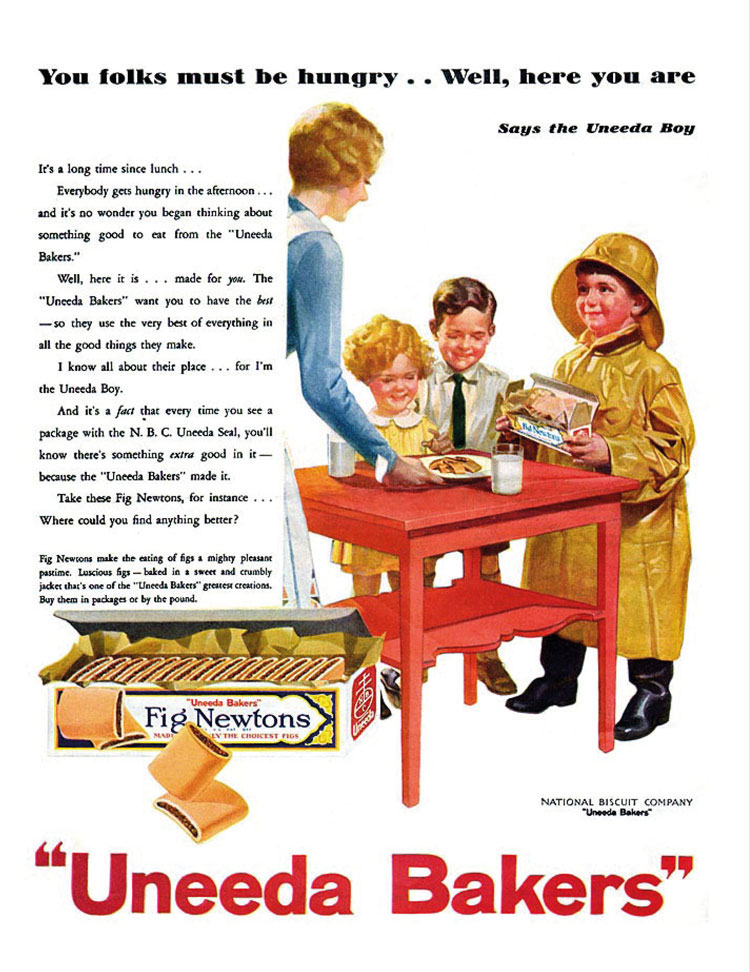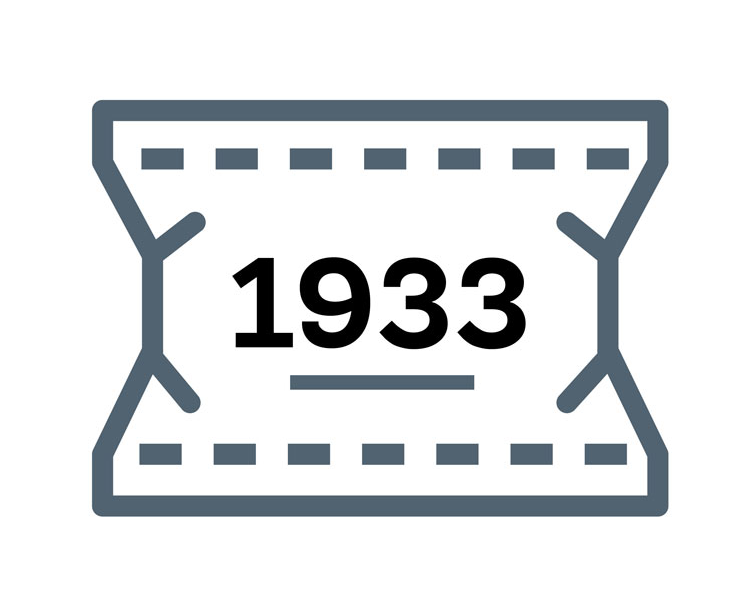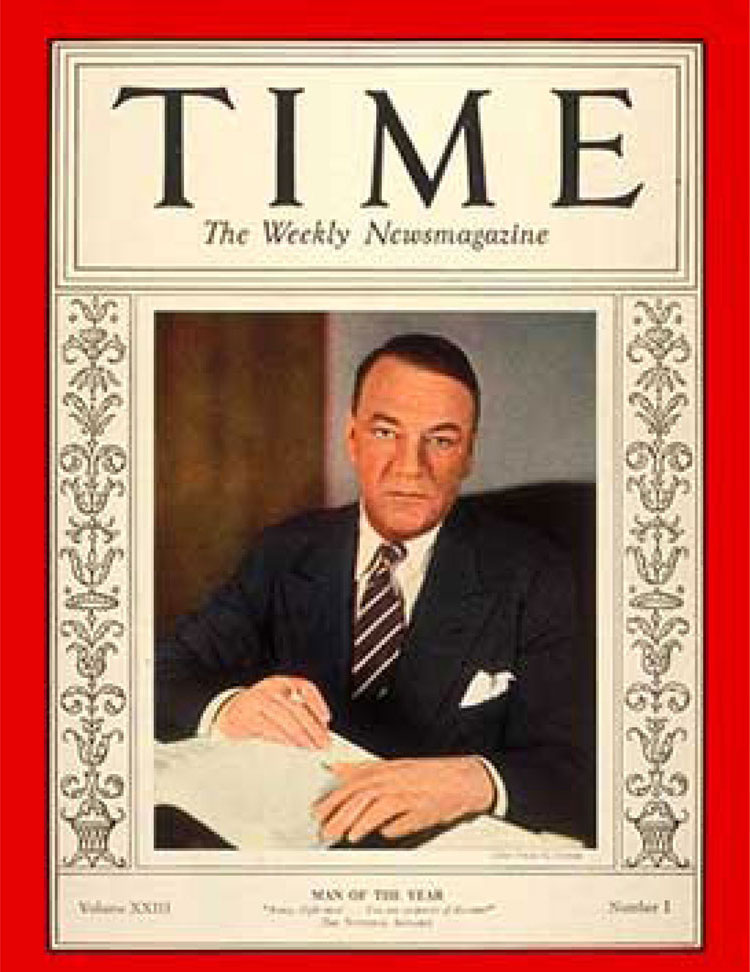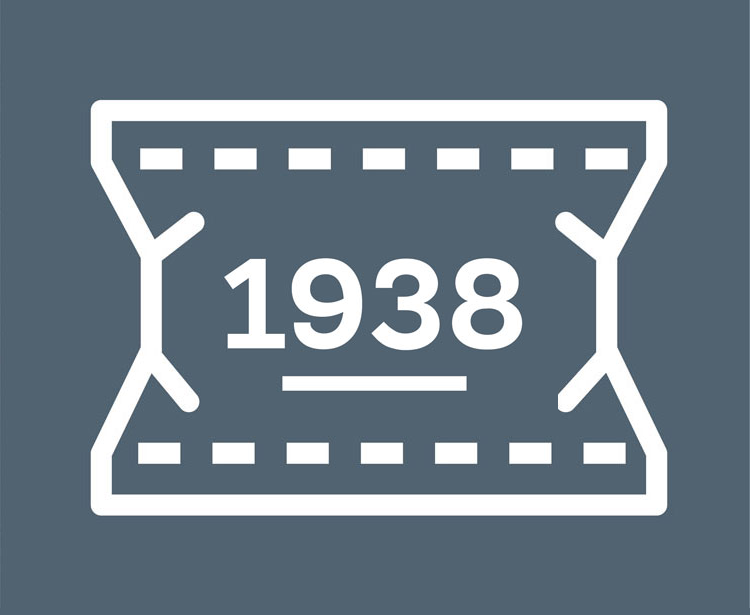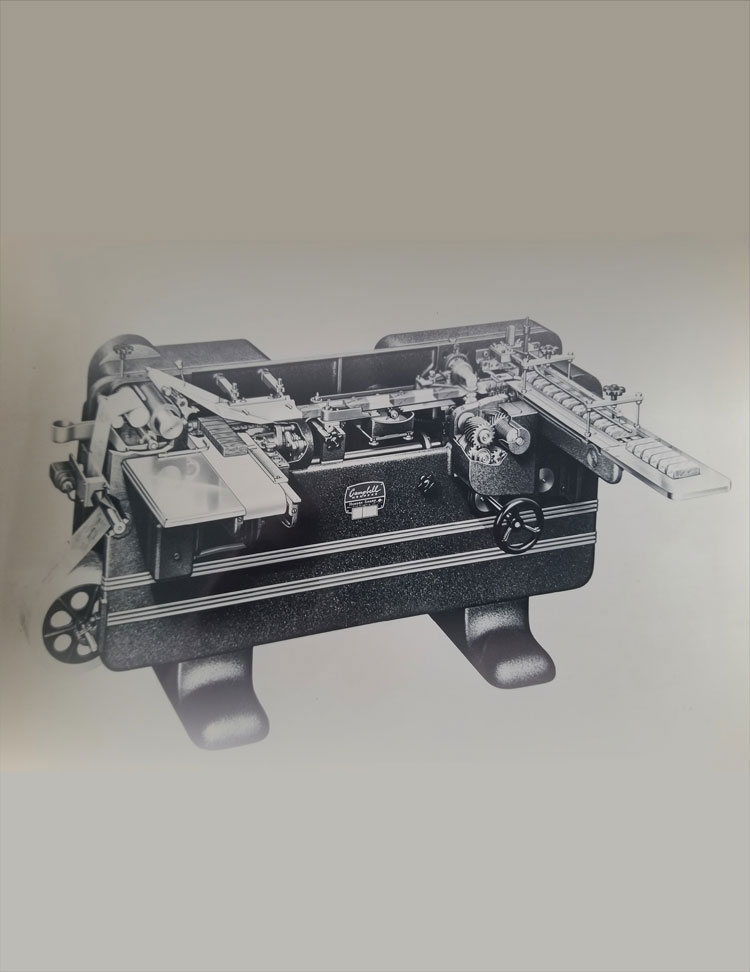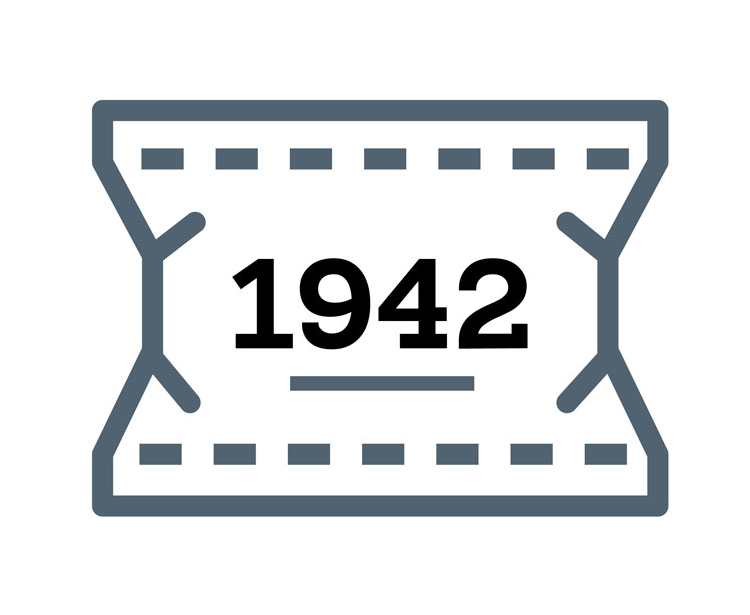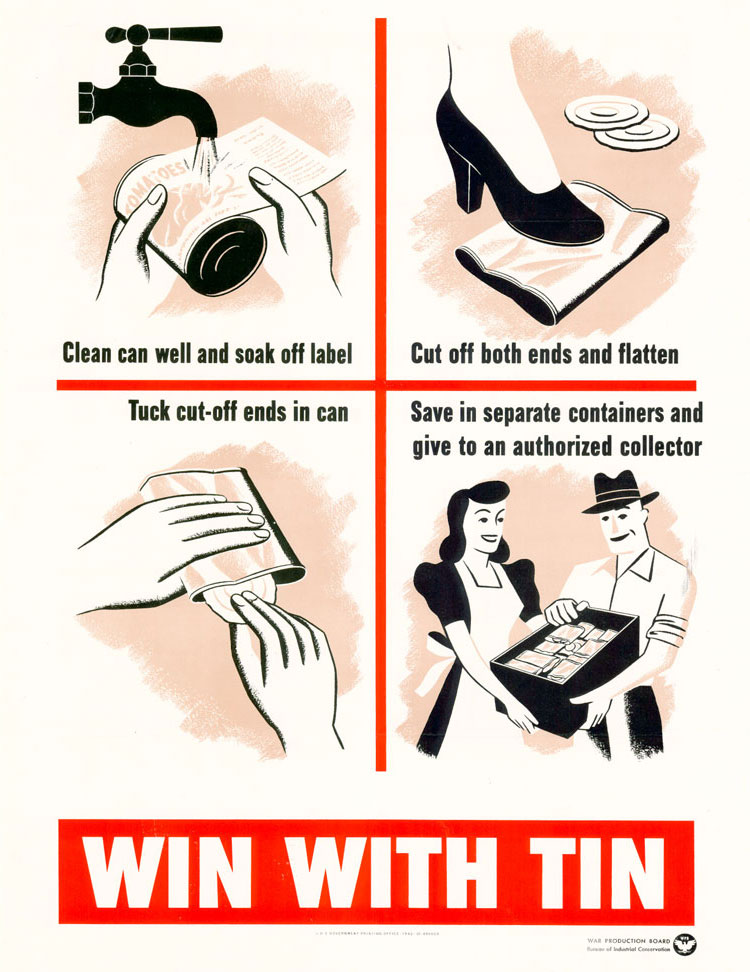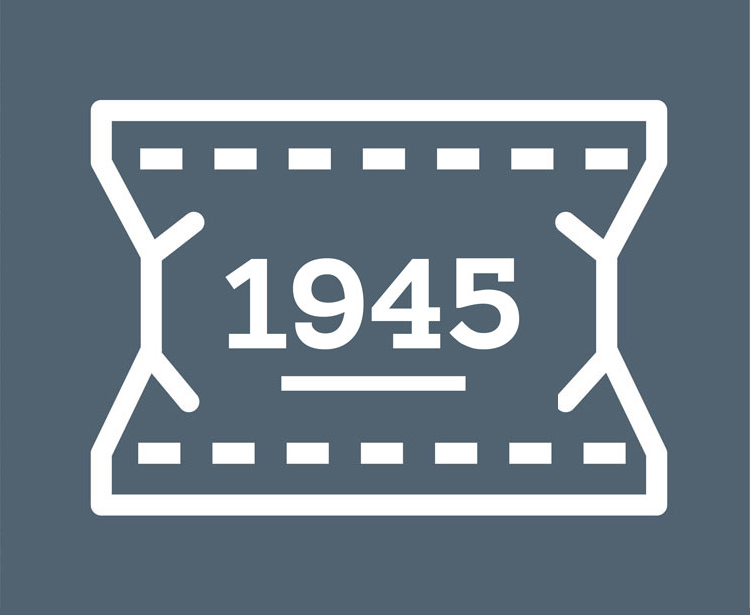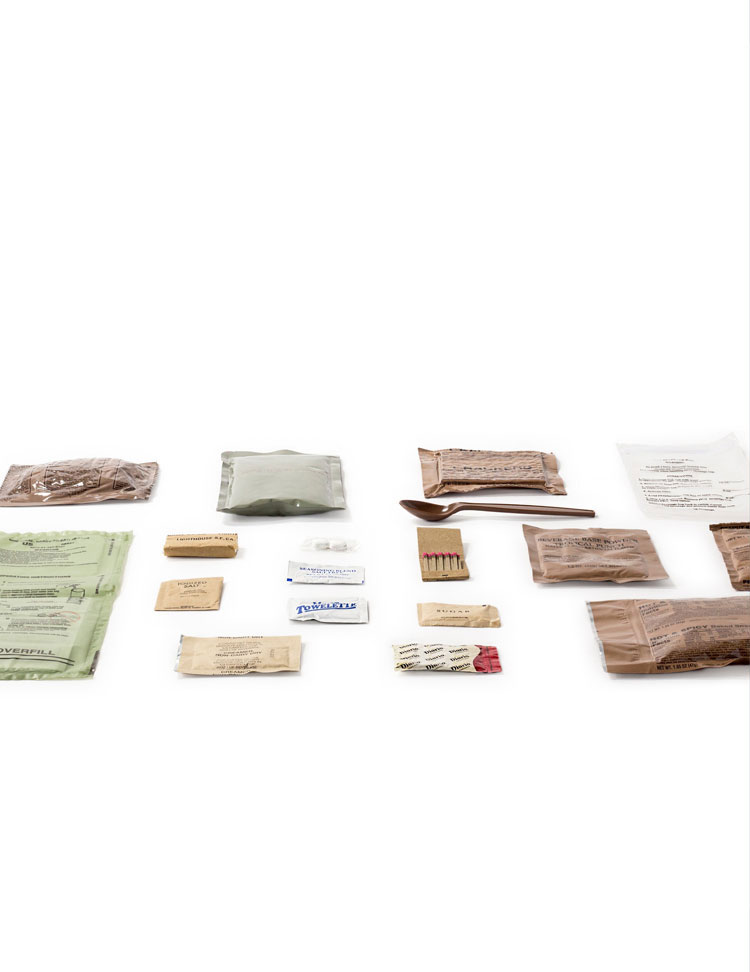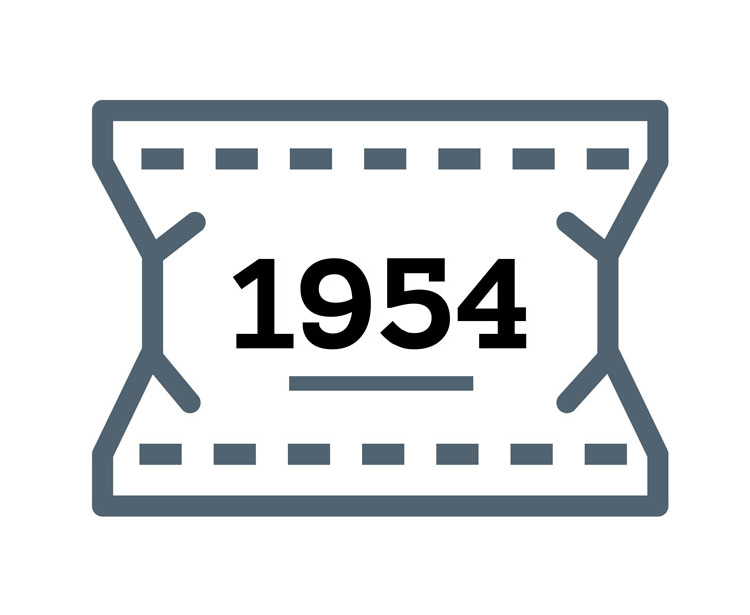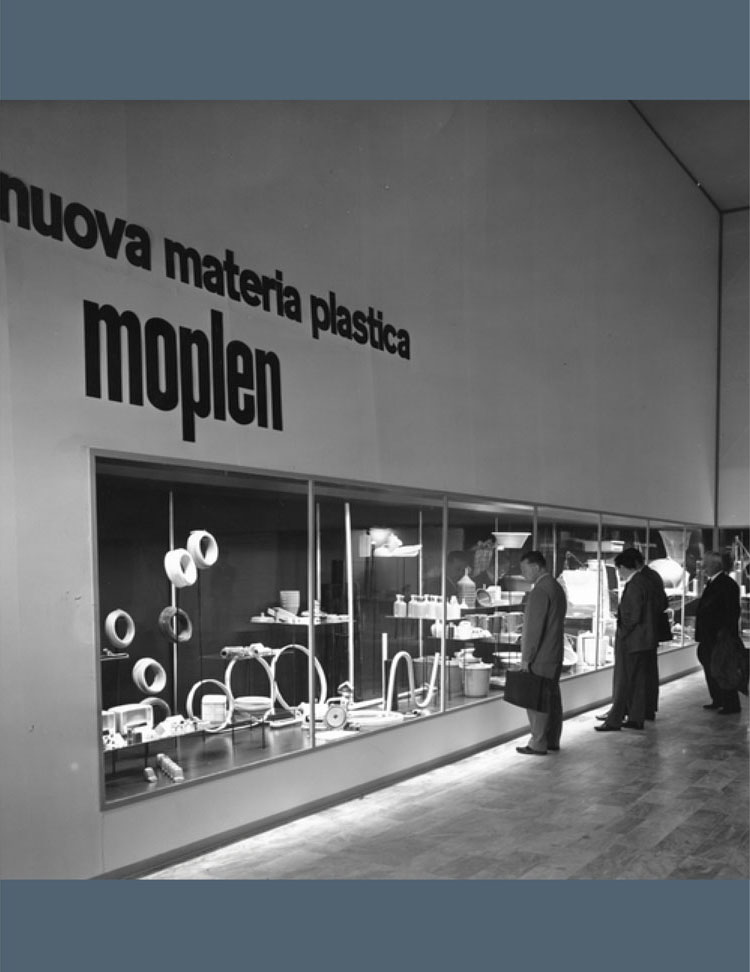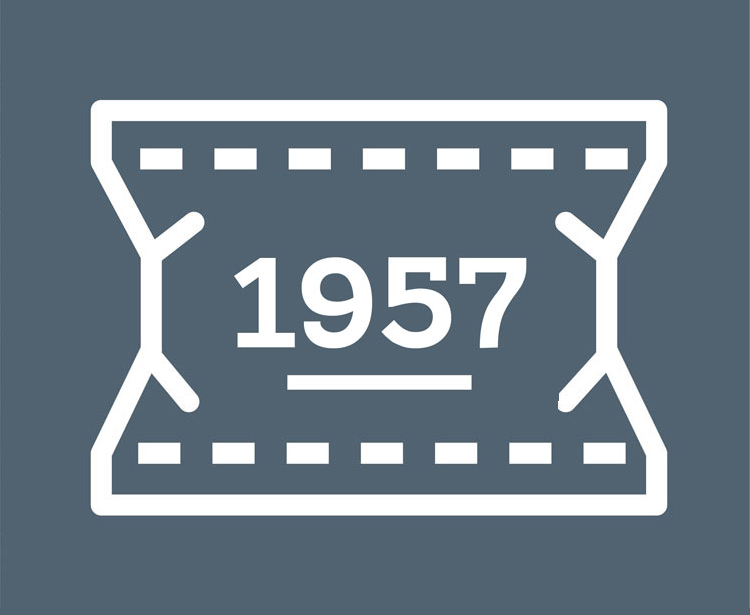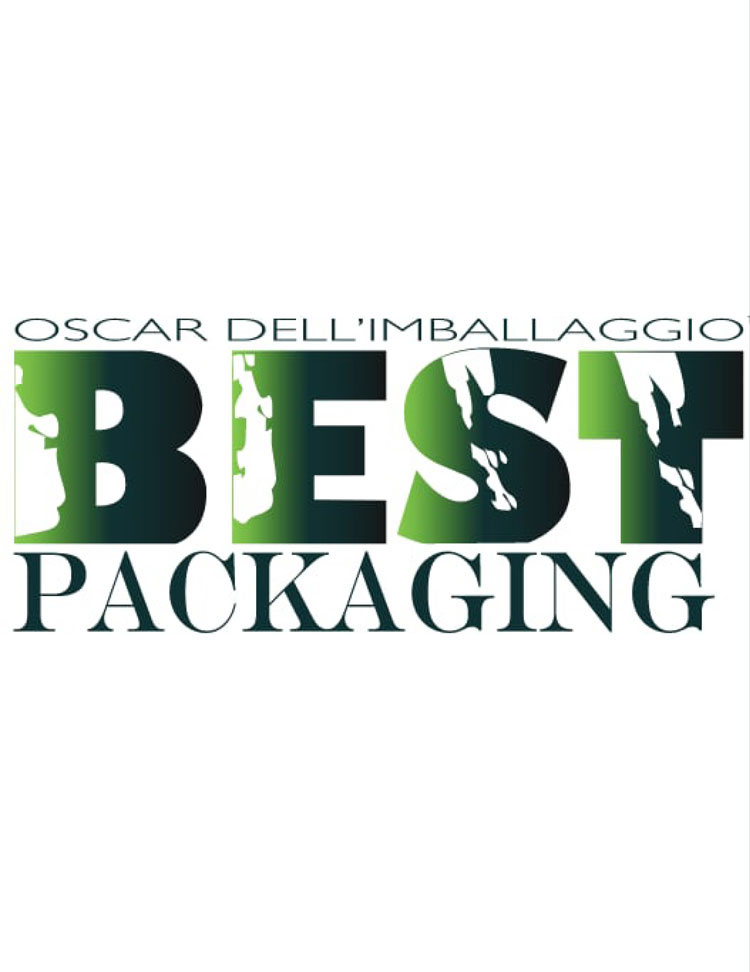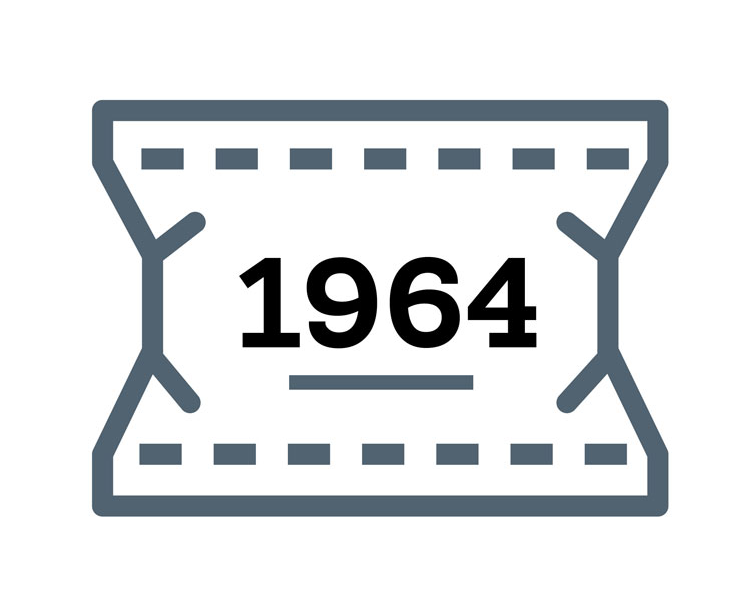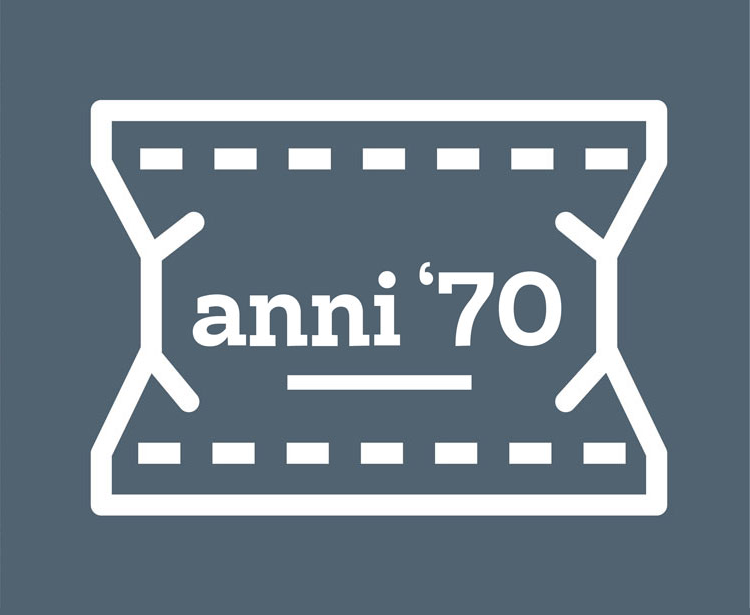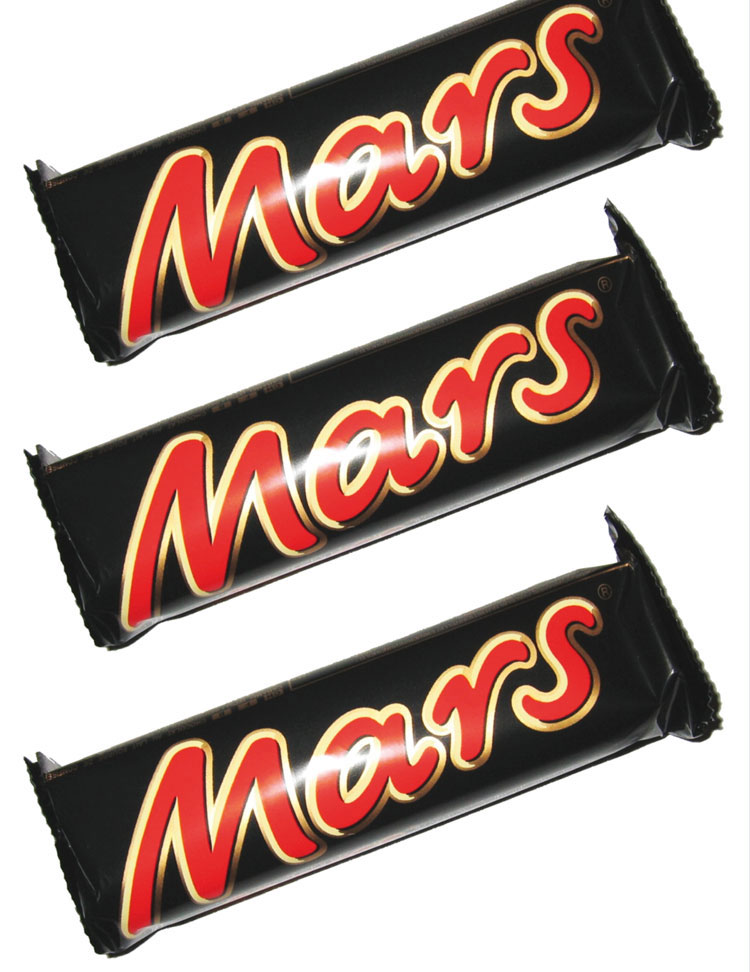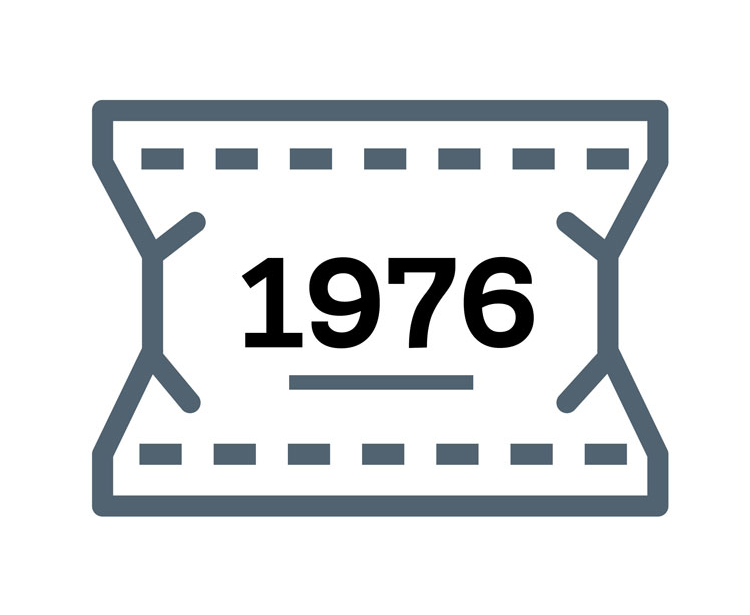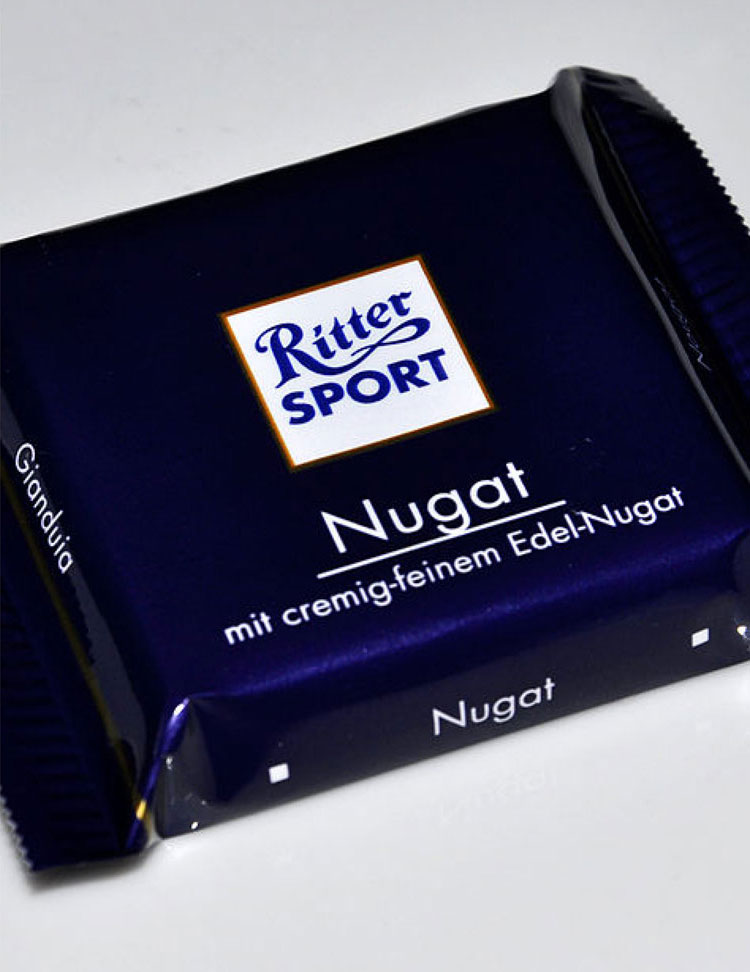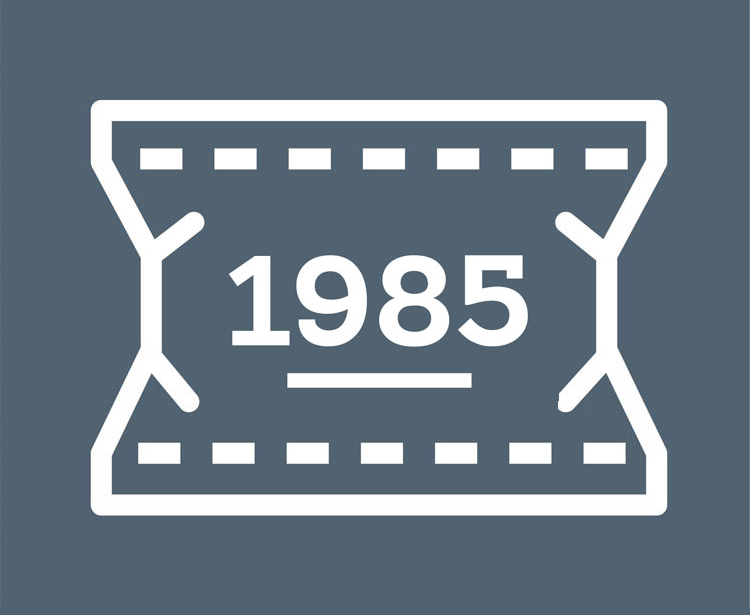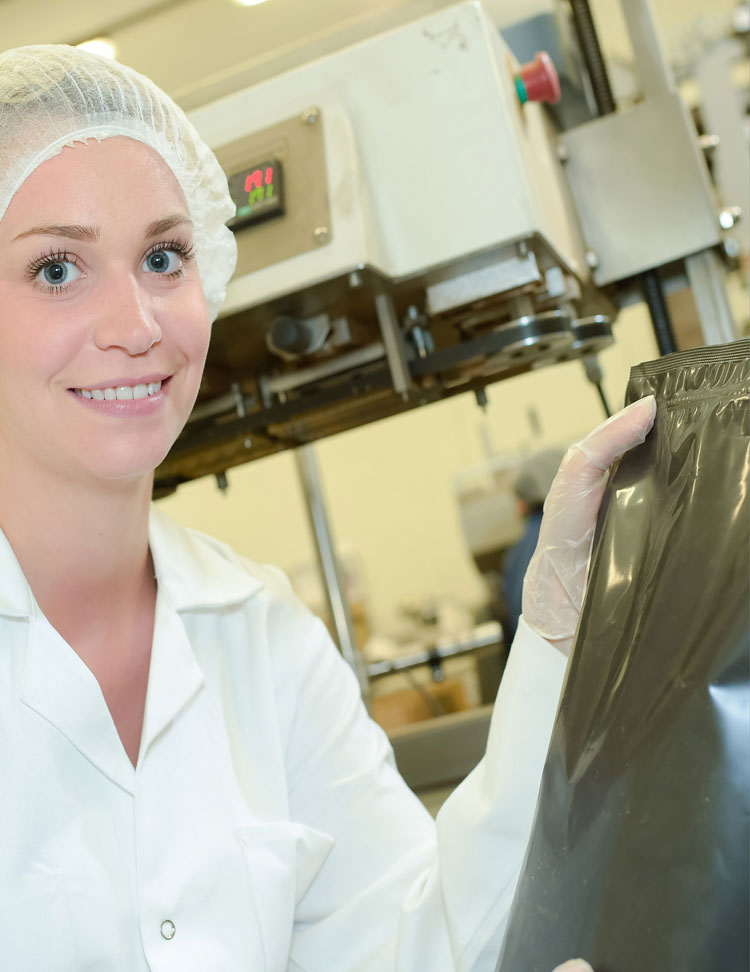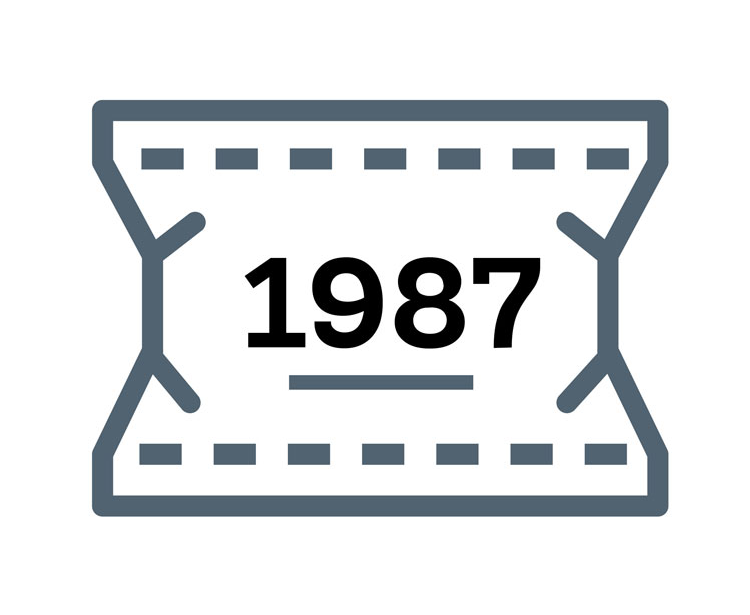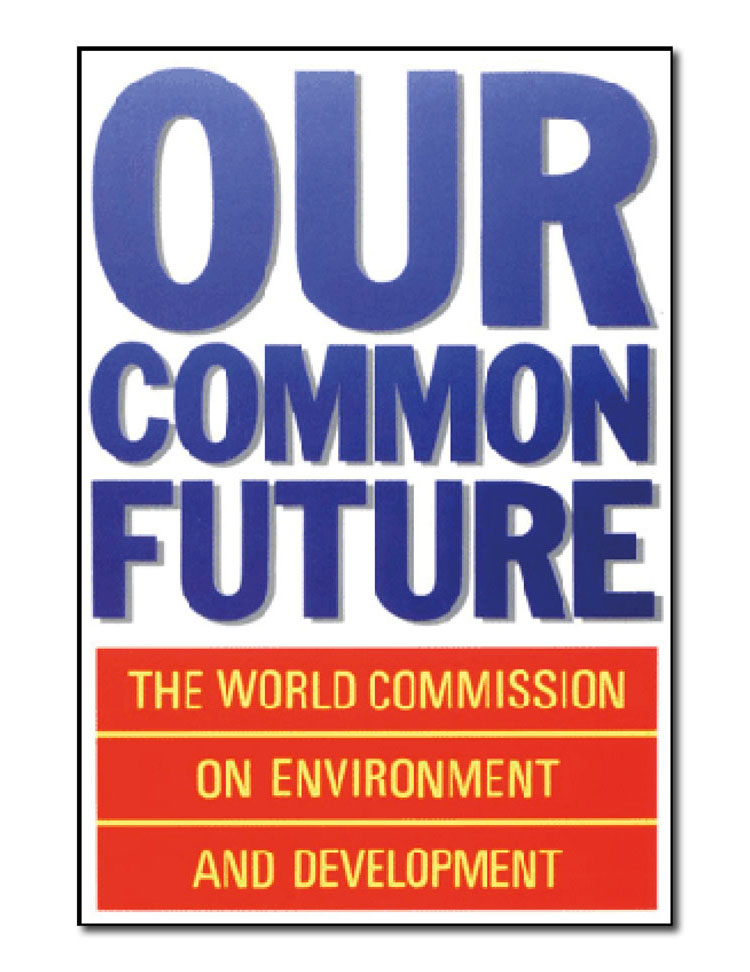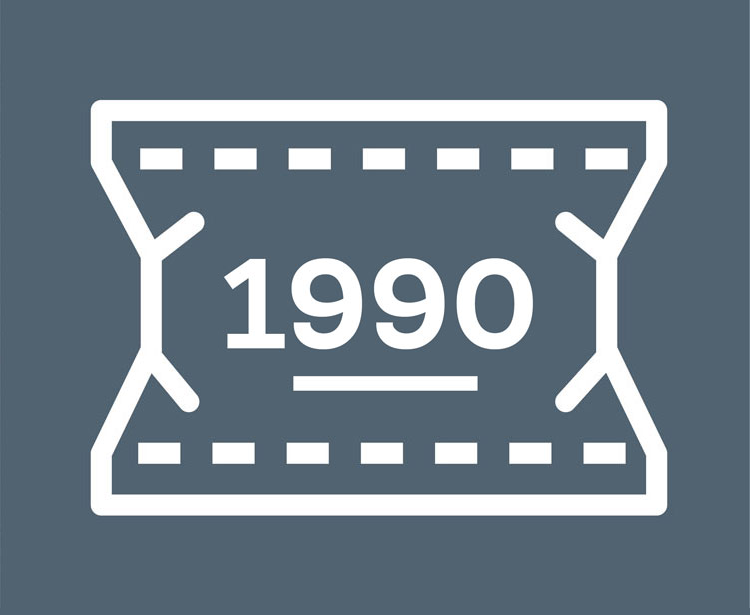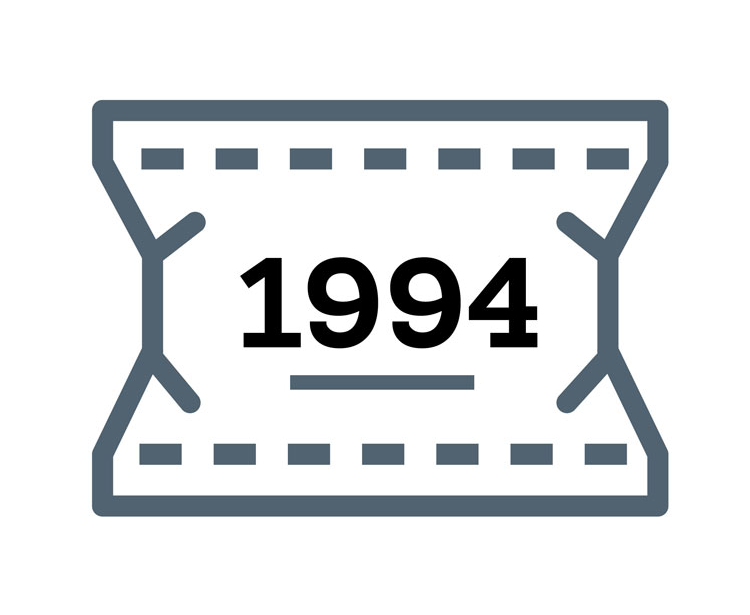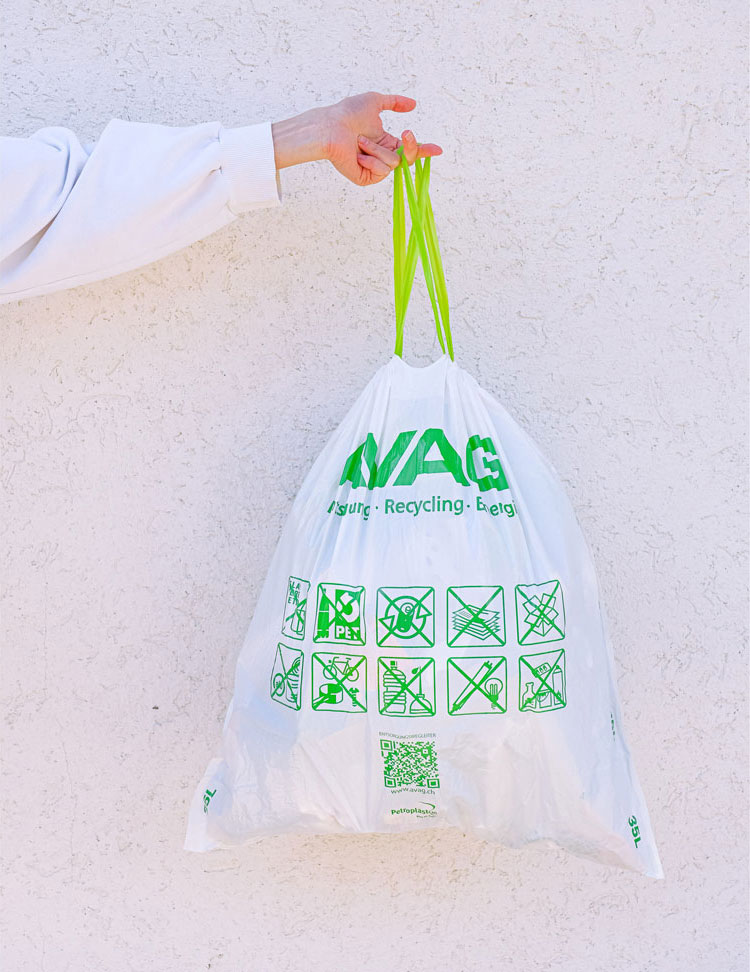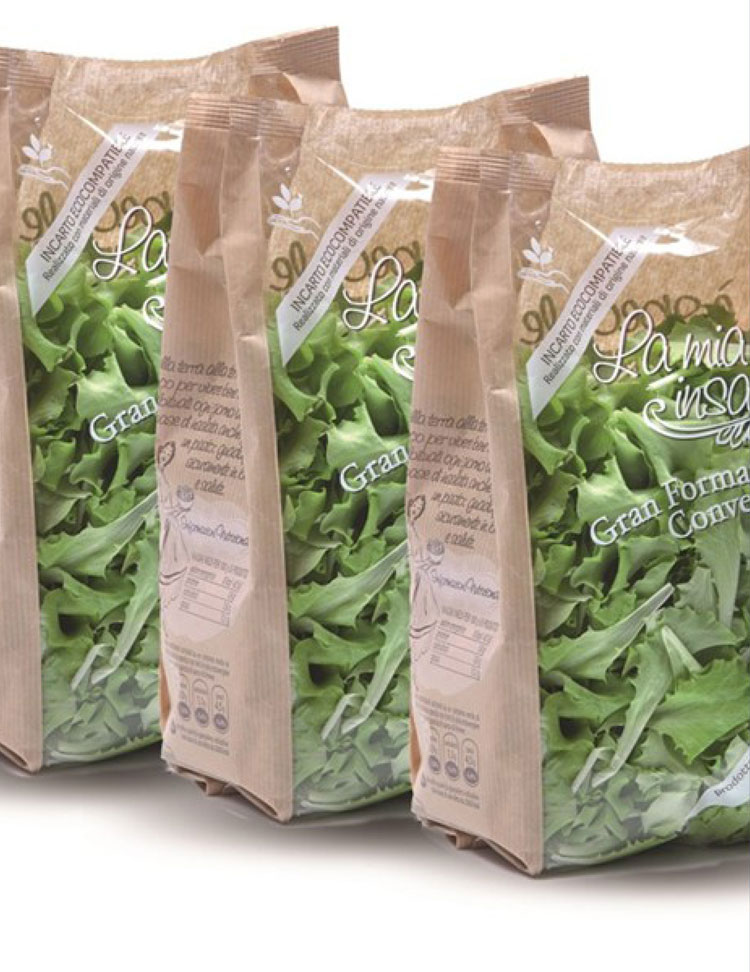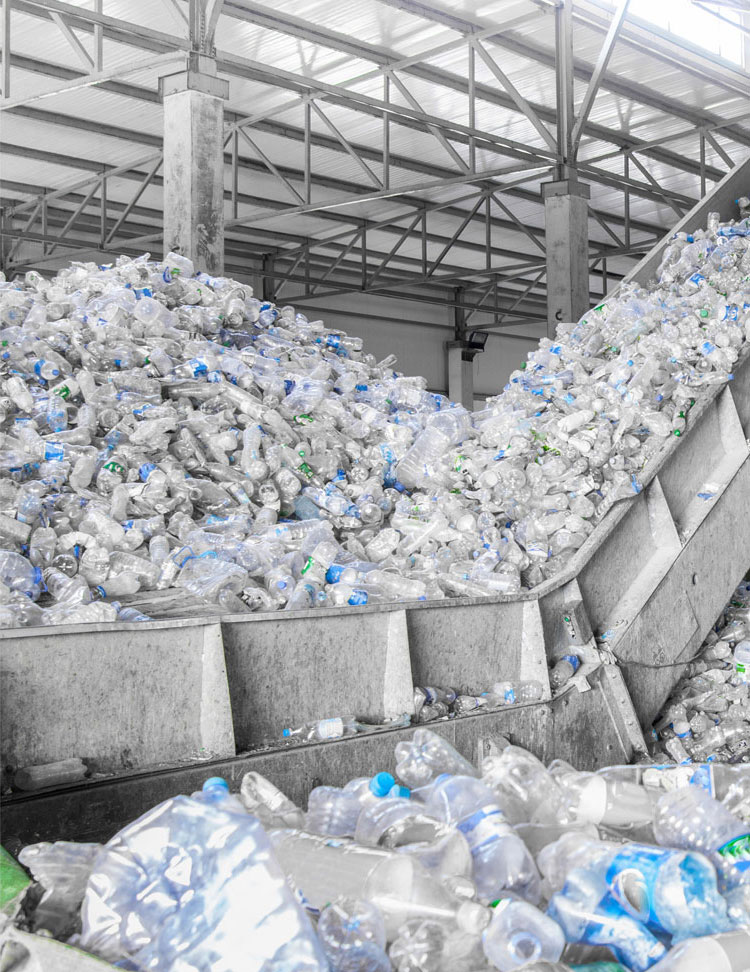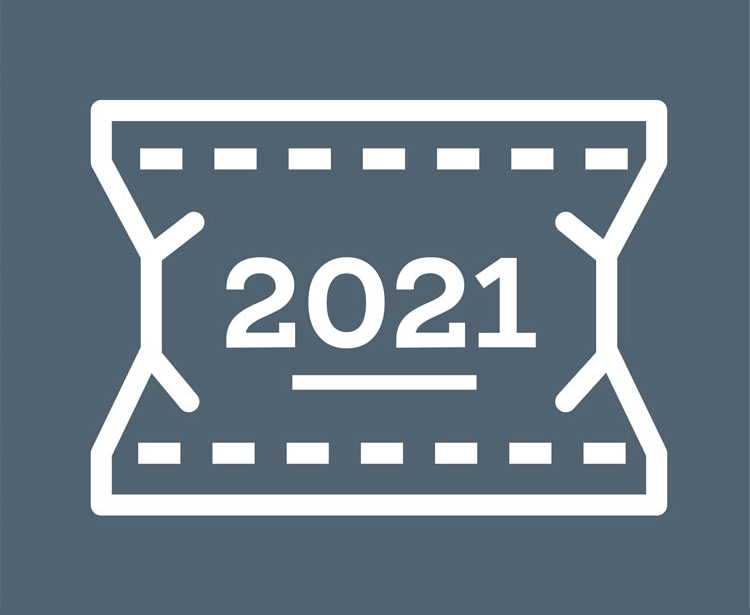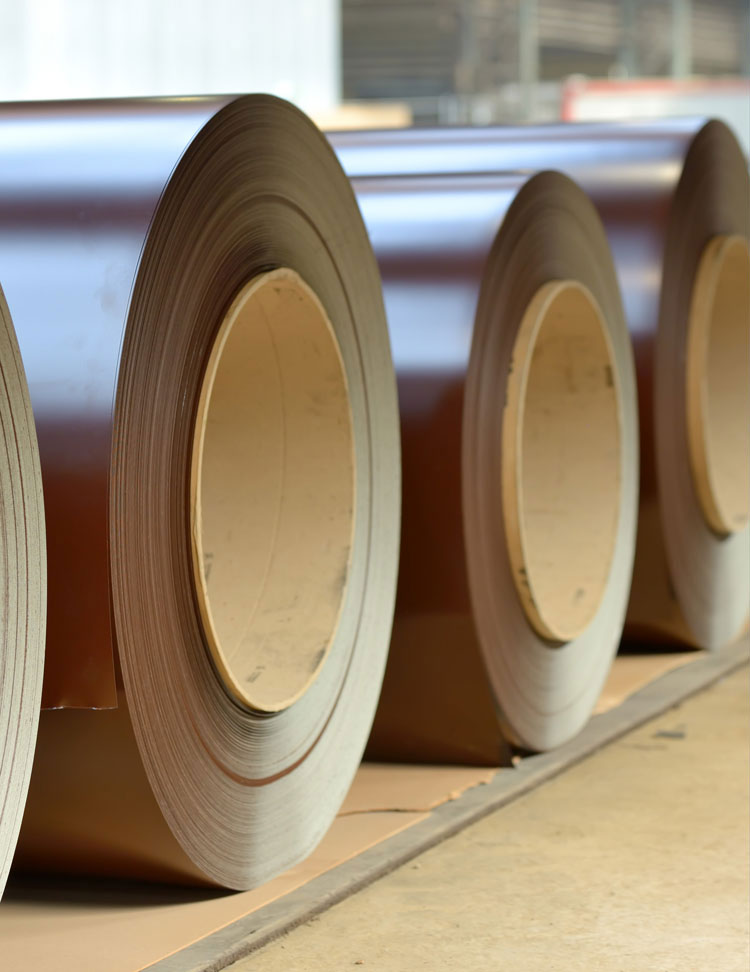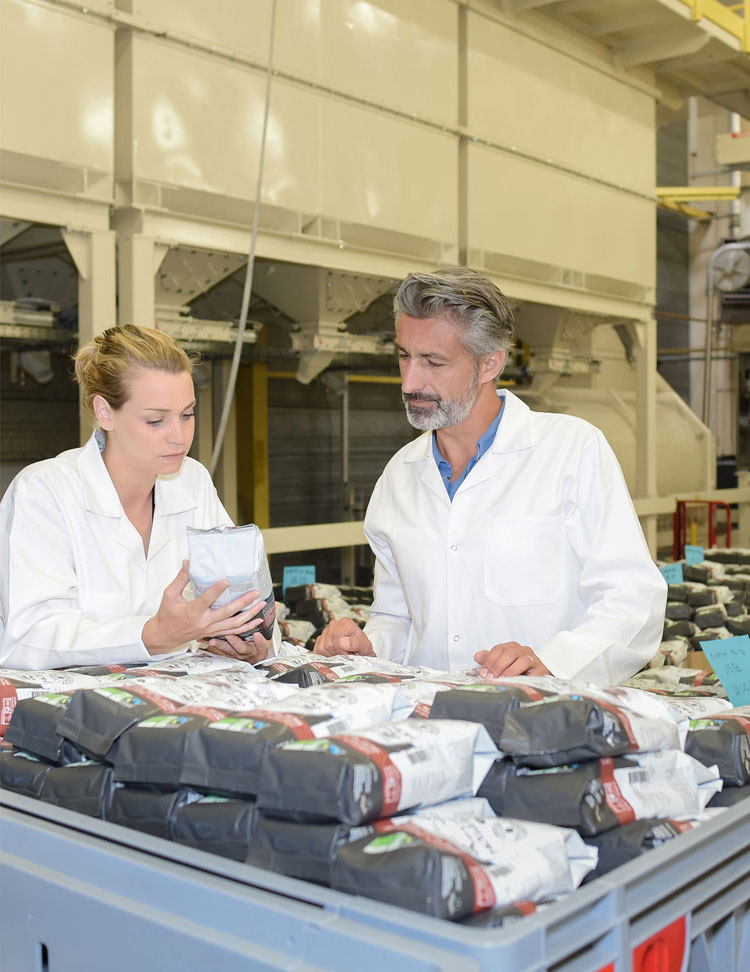History of flow wrap packaging
- 1801
- 1817
- 1896
- 1933
- 1938
- 1942
- 1945
- 1954
- 1957
- 1964
- Anni '70
- 1976
- 1985
- 1987
- 1990
- 1994
- 2010
- 2018
- 2021
- 2025
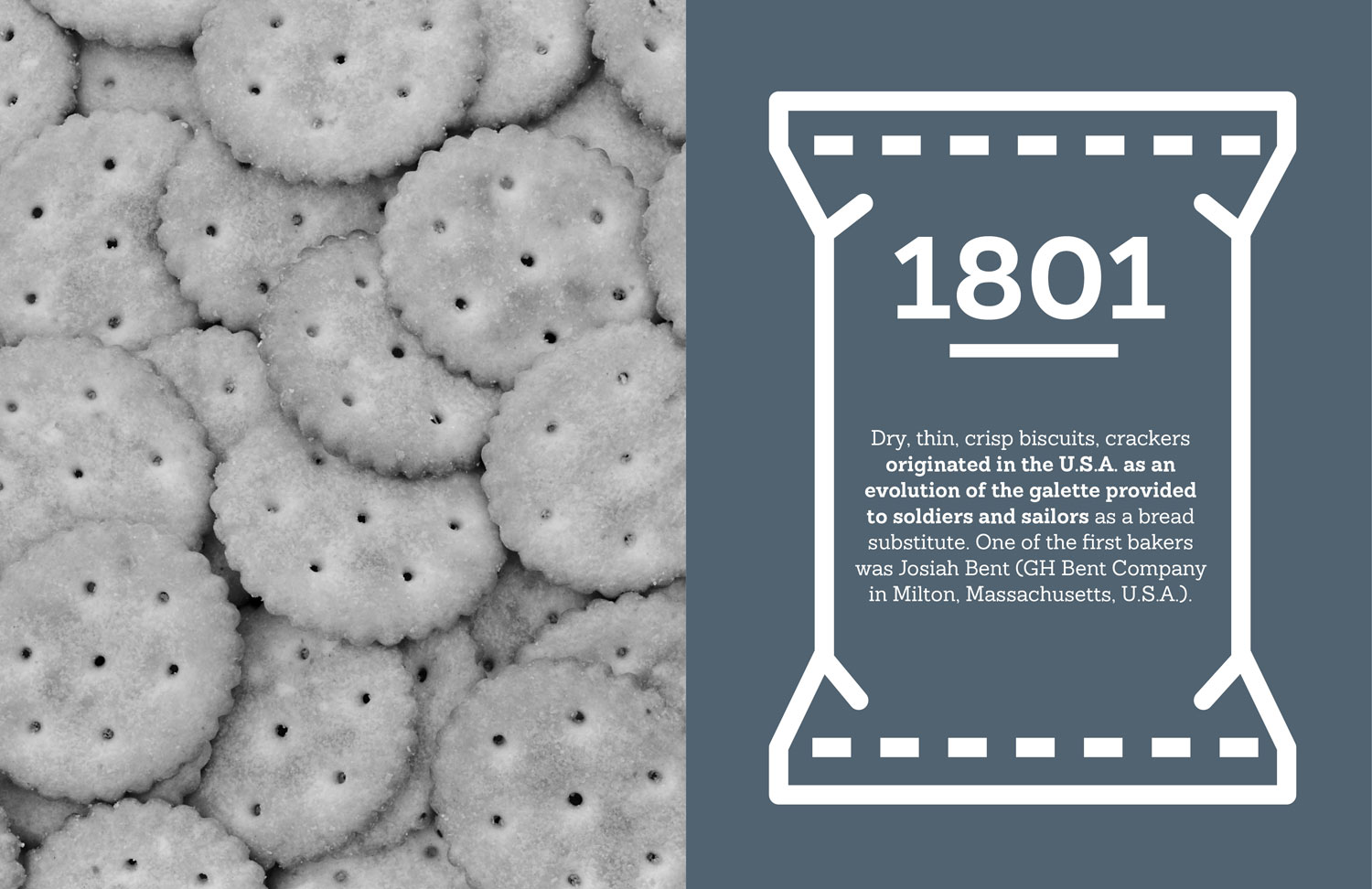
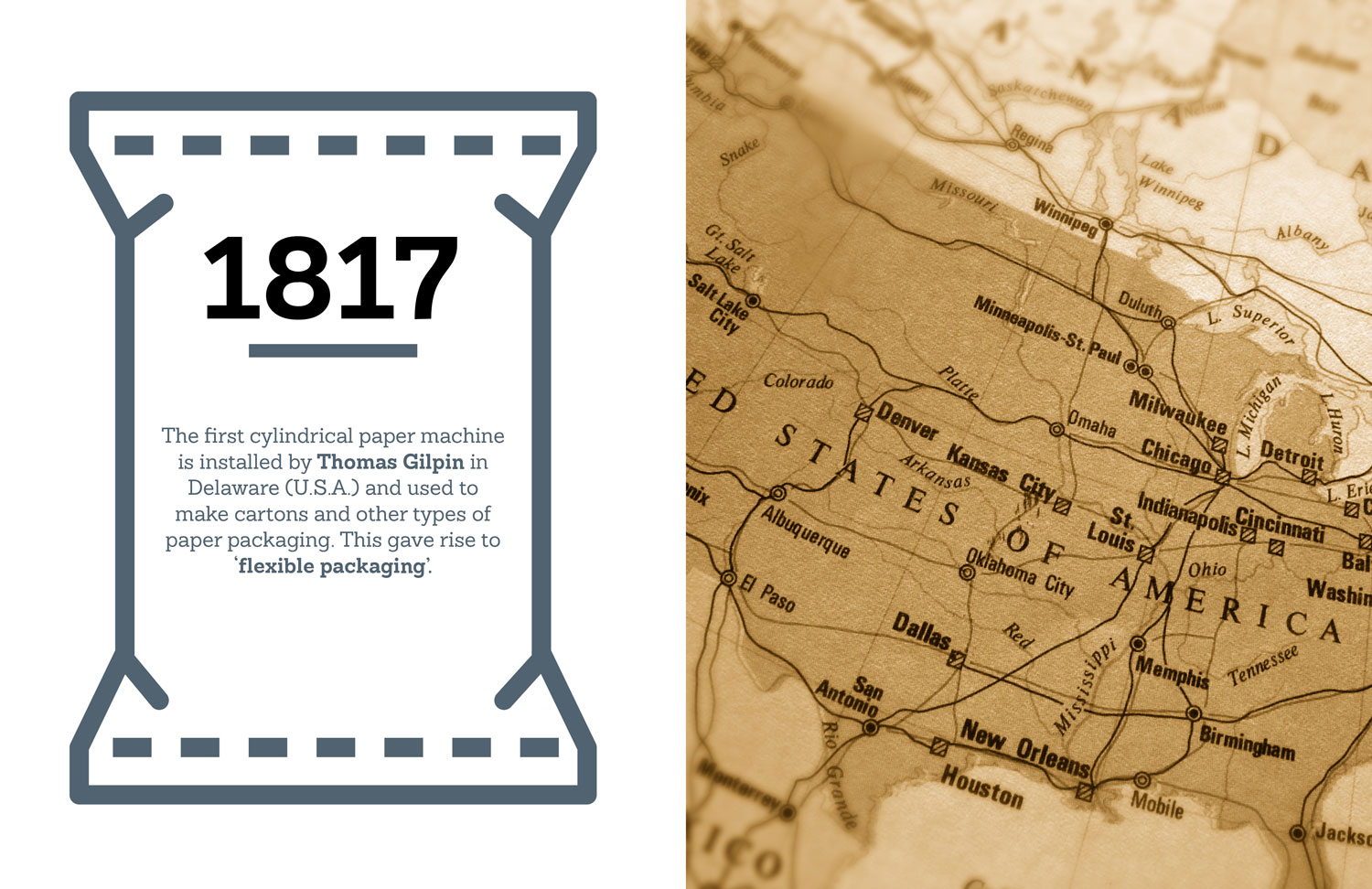
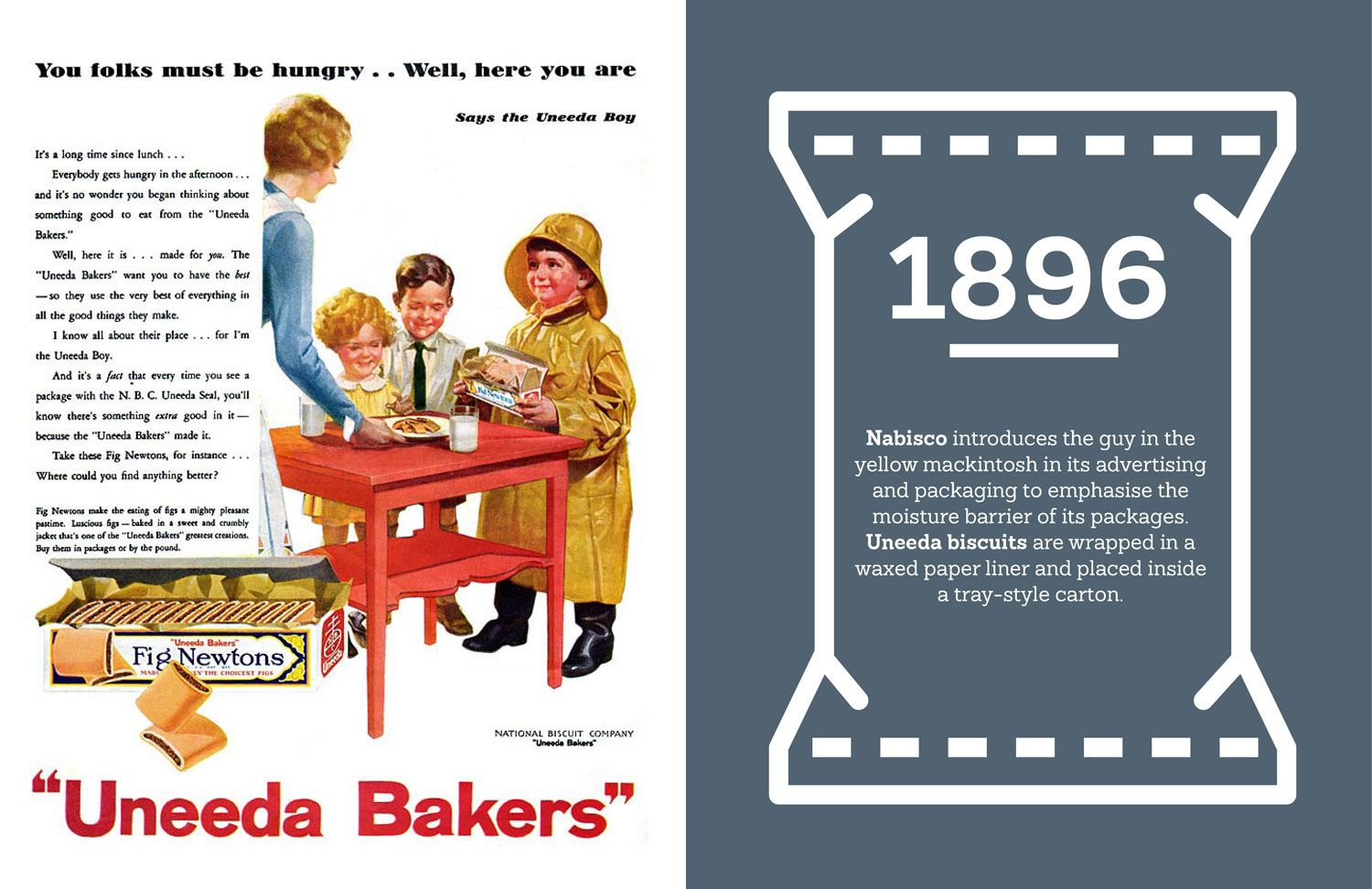
CREDITS IMMAGINE: Bycroft boy via Flickr | Nabisco, Here, it’s the Uneeda Boy providing cookies to the mom and her two kids. Not many ads are written in the first person by the fictional trademark of the company, in this case National Biscuit, the “Uneeda Bakers.” Published in the August, 1930 issue of the PEOPLE’S POPULAR MONTHLY. Source: Charles Perrien Restoration by: Charles Perrien | Public Domain
Mark 1.0 | CC BY 2.0
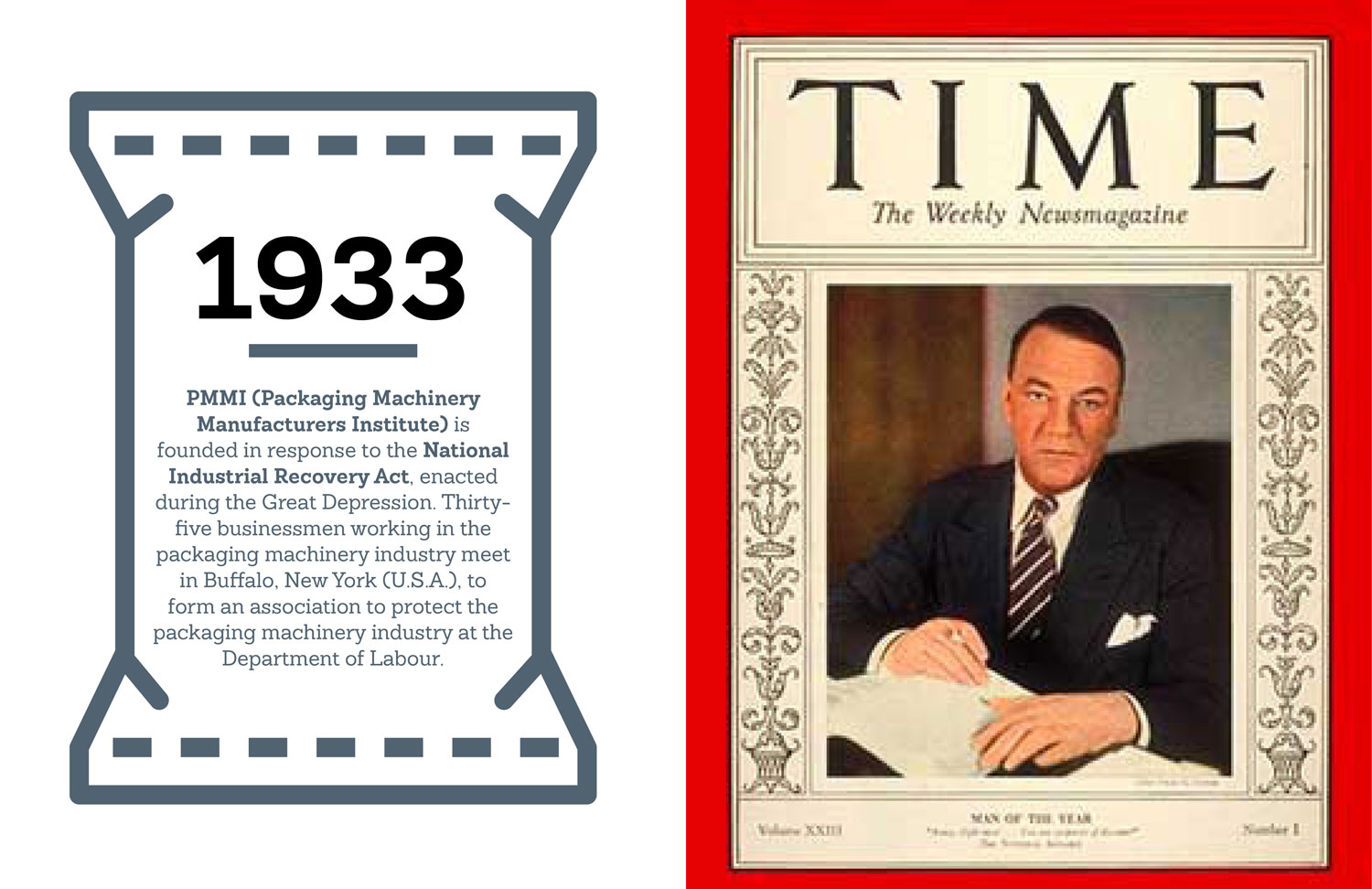
CREDITS IMMAGINE: Archivio Campbell Wrapper Corporation
CREDITS IMMAGINE: In relation to this item in the collection https://digital.library.unt.edu/ark:/67531/metadc382 This item was published by the US Government Printing Office in 1942 and from our interpretation of the work and works in this area it is considered to be in the Public Domain. If you make use of this image we would be happy to have the digital resource cited in your publication as coming from the UNT Libraries Government Documents Department.
CREDITS IMMAGINE: Archivio Storico Fondazione Fiera Milano
CREDITS IMMAGINE: Kirschblut, Public domain, via Wikimedia Commons
CREDITS IMMAGINE: © Achim Raschka / CC BY-SA 4.0 (via Wikimedia Commons), CC BY-SA 3.0 <http://creativecommons.org/licenses/by-sa/3.0/>, via Wikimedia Commons
CREDITS IMMAGINE: ICP
CREDITS IMMAGINE: Our Common Future
CREDITS IMMAGINE: ICP
CREDITS IMMAGINE: PEXELS
CREDITS IMMAGINE: ICP
CREDITS IMMAGINE: ICP
1939
DuPont produces a commercial video to educate on sales techniques and purchasing methods in the home economy, promoting the use of Cellophane packaging.https://digital.hagley.org/FILM_1995300_FC176
1945
The film Plastics is released, distributed by Young America Films, which presents the growth of the plastics industry and the new materials developed during the Second World War.https://archive.org/details/Plastics_2
1954
Video of the American Waste Management System. Overview of the need for recycling in the American economy and efforts in the paper, glass and plastic packaging industries, starting as early as the mid-1950s.https://digital.hagley.org/FILM_1973418_FC110
1959
Produced in the U.S.A., by Fenton McHugh Productions for Milprint Inc. (manufacturer of candy packaging), a mini-documentary on the importance of packaging. https://www.hagley.org/librarynews/packaging-films-and-video-post
1960
Alan Pendry’s award-winning short film The Shape of Plastics captures the versatility of plastic in its many possible new uses.https://www.youtube.com/watch?v=nziIbwxfPYw
Fill in the form to download the poster!
Fill in the following form to get the poster for free.
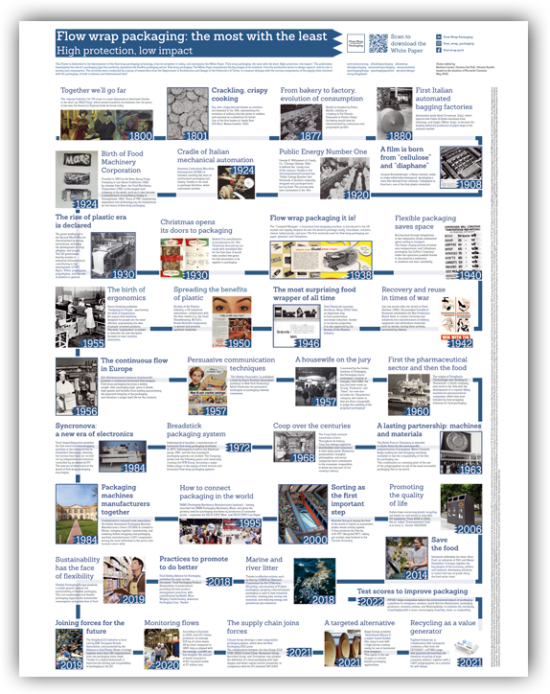
History of flow wrap packaging
- 1801
- 1817
- 1896
- 1933
- 1938
- 1942
- 1945
- 1954
- 1957
- 1964
- Anni '70
- 1976
- 1985
- 1987
- 1990
- 1994
- 2010
- 2018
- 2021
- 2025
Dry, thin, crisp biscuits, crackers originated in the U.S.A. as an evolution of the galette provided to soldiers and sailors as a bread substitute. One of the first bakers was Josiah Bent (GH Bent Company in Milton, Massachusetts, U.S.A.).
The first cylindrical paper machine is installed by Thomas Gilpin in Delaware (U.S.A.) and used to make cartons and other types of paper packaging. This gave rise to ‘flexible packaging’.
Nabisco introduces the guy in the yellow mackintosh in its advertising and packaging to emphasise the moisture barrier of its packages. Uneeda biscuits are wrapped in a waxed paper liner and placed inside a tray-style carton.
CREDITS IMMAGINE: Bycroft boy via Flickr | Nabisco, Here, it’s the Uneeda Boy providing cookies to the mom and her two kids. Not many ads are written in the first person by the fictional trademark of the company, in this case National Biscuit, the “Uneeda Bakers.” Published in the August, 1930 issue of the PEOPLE’S POPULAR MONTHLY. Source: Charles Perrien Restoration by: Charles Perrien | Public Domain
Mark 1.0 | CC BY 2.0
PMMI (Packaging Machinery Manufacturers Institute) is founded in response to the National Industrial Recovery Act, enacted during the Great Depression. Thirty-five businessmen working in the packaging machinery industry meet in Buffalo, New York (U.S.A.), to form an association to protect the packaging machinery industry at the Department of Labour.
CREDITS IMMAGINE: Cover credit: O.J. Jordan, Public domain, via Wikimedia Commons
Samuel John Campbell (U.S.A.) patents a winding machine comprising elements for continuously moving a film of wrapping material, for depositing articles one after the other on the belt, and a photoelectric device for checking the correct positioning of each article (GB495946A).
CREDITS IMMAGINE: Archivio Campbell Wrapper Corporation
Just one month after the attack on Pearl Harbor (U.S.A.), US President Franklin D. Roosevelt set up the War Production Board with the aim of converting factories and industries into producers of military equipment and reintroducing materials such as metals, having them actively recovered by citizens.
CREDITS IMMAGINE: In relation to this item in the collection https://digital.library.unt.edu/ark:/67531/metadc382 This item was published by the US Government Printing Office in 1942 and from our interpretation of the work and works in this area it is considered to be in the Public Domain. If you make use of this image we would be happy to have the digital resource cited in your publication as coming from the UNT Libraries Government Documents Department.
Thanks to the great efforts of giants such as DuPont, Dow Chemicals, etc., shinier, stronger, cleaner, more flexible and modern-looking materials such as plastic and cans were more cost-effective than traditional materials, reinventing existing packaging solutions.
In Italy, Giulio Natta experimented with the stereospecific polymerisation of propylene, later developed on an industrial scale by Montecatini and marketed as Moplen.
CREDITS IMMAGINE: Archivio Storico Fondazione Fiera Milano
Conceived by the Istituto Italiano Imballaggio, the Packaging Oscar has undergone many changes. Up until 1962, for example, the jury was composed only of representatives of “Manufacturers” and “Users”. In those years, the figure of a representative of the “Housewives” category was introduced: at the time, who better to express a judgement of merit in the usability of the proposed packaging?
The canned MCI rations were bulky, too heavy. The FPIC (food packet, individual, combat) was designed in transparent plastic with a zip fastener to keep out moisture and thus to be light and easily transportable (the descendant of nasa astronauts’ rations).
Negli anni Sessanta e Settanta
The recipe for the Mars bar (created in 1932 in the UK) was developed: this version was distributed worldwide and was packaged in a black wrapper with red lettering edged in gold (unchanged to this day). In 1982, three million Mars bars accompanied the British task force to the Falklands.
CREDITS IMMAGINE: Kirschblut, Public domain, via Wikimedia Commons
“The pack with the snap that’s the packet in the pocket”. Ritter presents the Knick-Pack, the snap-open packaging for chocolate bars that quickly develops into a branded element.
CREDITS IMMAGINE: © Achim Raschka / CC BY-SA 4.0 (via Wikimedia Commons), CC BY-SA 3.0 <http://creativecommons.org/licenses/by-sa/3.0/>, via Wikimedia Commons
Giflex, a national association grouping manufacturers of flexible packaging for food, pharmaceuticals, chemicals and other industrial applications, was founded. Giflex, with its 40 companies, represents around 80% of the sector in Italy both in volume and turnover.
CREDITS IMMAGINE: ICP
The World Commission on Environment and Development (WCED), established in 1983, presented the Report Our Common Future (later known as the Brundtland Report), which formulated guidelines for sustainable development that are still valid today.
CREDITS IMMAGINE: Our Common Future
MaterBi, the first and best known of the renewable (maize starch) and compostable polymeric materials, is marketed by Novamont.
CREDITS IMMAGINE: ICP
Europe adopts the first EU law on recycling and recovery of packaging in order to standardize targets, priorities and criteria for its prevention, recycling and recovery.
CREDITS IMMAGINE: PEXELS
Taghleef Industry introduces NATIVIA™ film, a new bioplastic packaging material based on renewable raw material BoPLA.
Extended Producer Responsibility (EPR) is an environmental policy that makes producers responsible for the entire life cycle of products placed on the market, from design to end-of-life (including waste collection and recycling). In compliance with the minimum requirements introduced by Directive 851/2018, EPR must be implemented in the packaging sector by the end of 2024.
Sappi Europe presents ‘AvantGuard Nature S’, a paper-based, easily heat-sealed and barrier-coated flexible film ready for use on horizontal wrapping machines. This opens up the use of paper in certain flexible packaging applications.
CREDITS IMMAGINE: ICP
Circular Economy for Flexible Packaging (CEFLEX) is a collaboration of over 160 European companies, associations and organisations representing the entire flexible packaging value chain. The goal: to make flexible packaging in Europe circular by 2025.
CREDITS IMMAGINE: ICP
1939
DuPont produces a commercial video to educate on sales techniques and purchasing methods in the home economy, promoting the use of Cellophane packaging.https://digital.hagley.org/FILM_1995300_FC176
1945
The film Plastics is released, distributed by Young America Films, which presents the growth of the plastics industry and the new materials developed during the Second World War.https://archive.org/details/Plastics_2
1954
Video of the American Waste Management System. Overview of the need for recycling in the American economy and efforts in the paper, glass and plastic packaging industries, starting as early as the mid-1950s.https://digital.hagley.org/FILM_1973418_FC110
1959
Produced in the U.S.A., by Fenton McHugh Productions for Milprint Inc. (manufacturer of candy packaging), a mini-documentary on the importance of packaging. https://www.hagley.org/librarynews/packaging-films-and-video-post
1960
Alan Pendry’s award-winning short film The Shape of Plastics captures the versatility of plastic in its many possible new uses.https://www.youtube.com/watch?v=nziIbwxfPYw
Fill in the form to download the poster!
Fill in the following form to get the poster for free.



